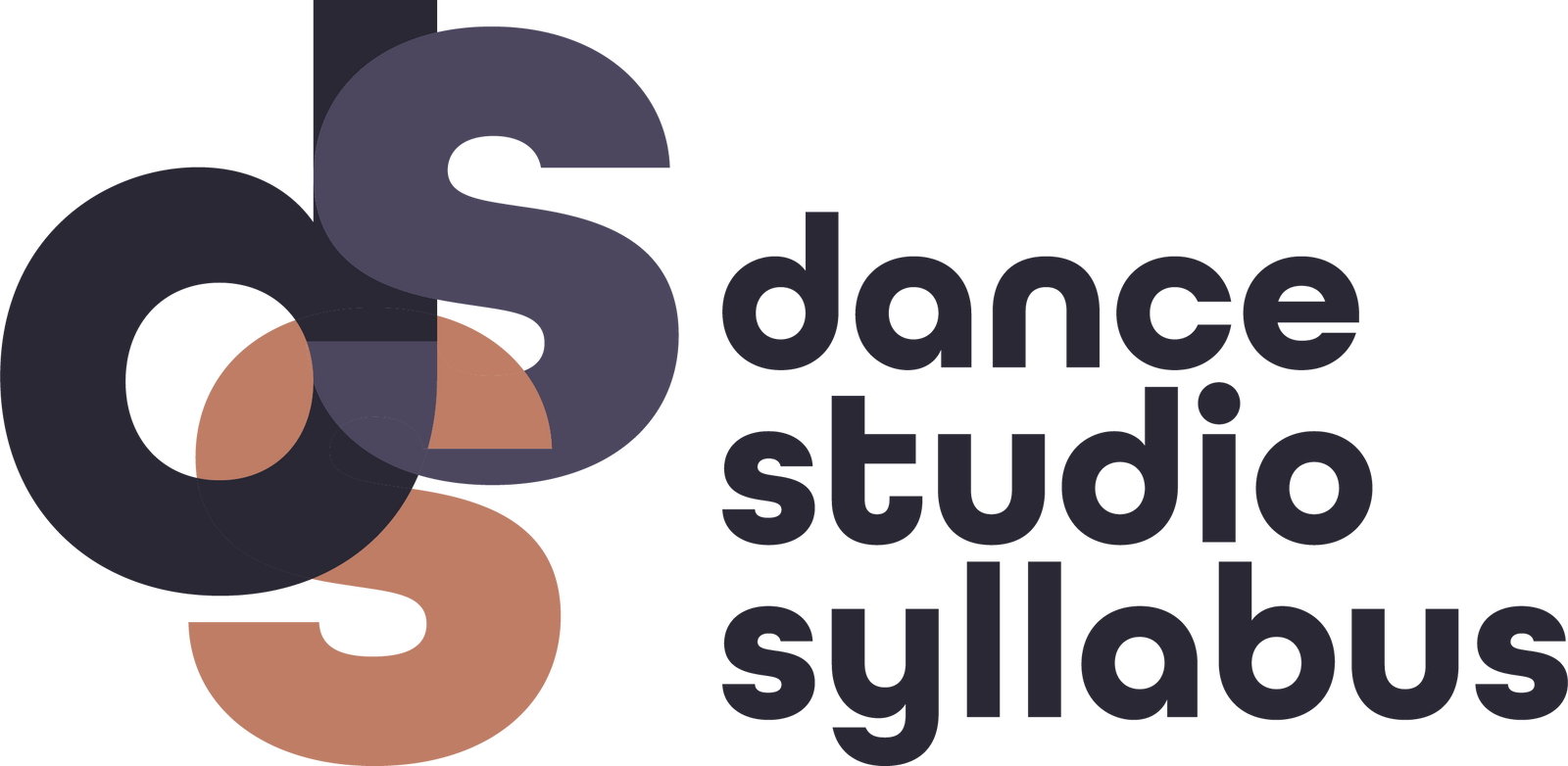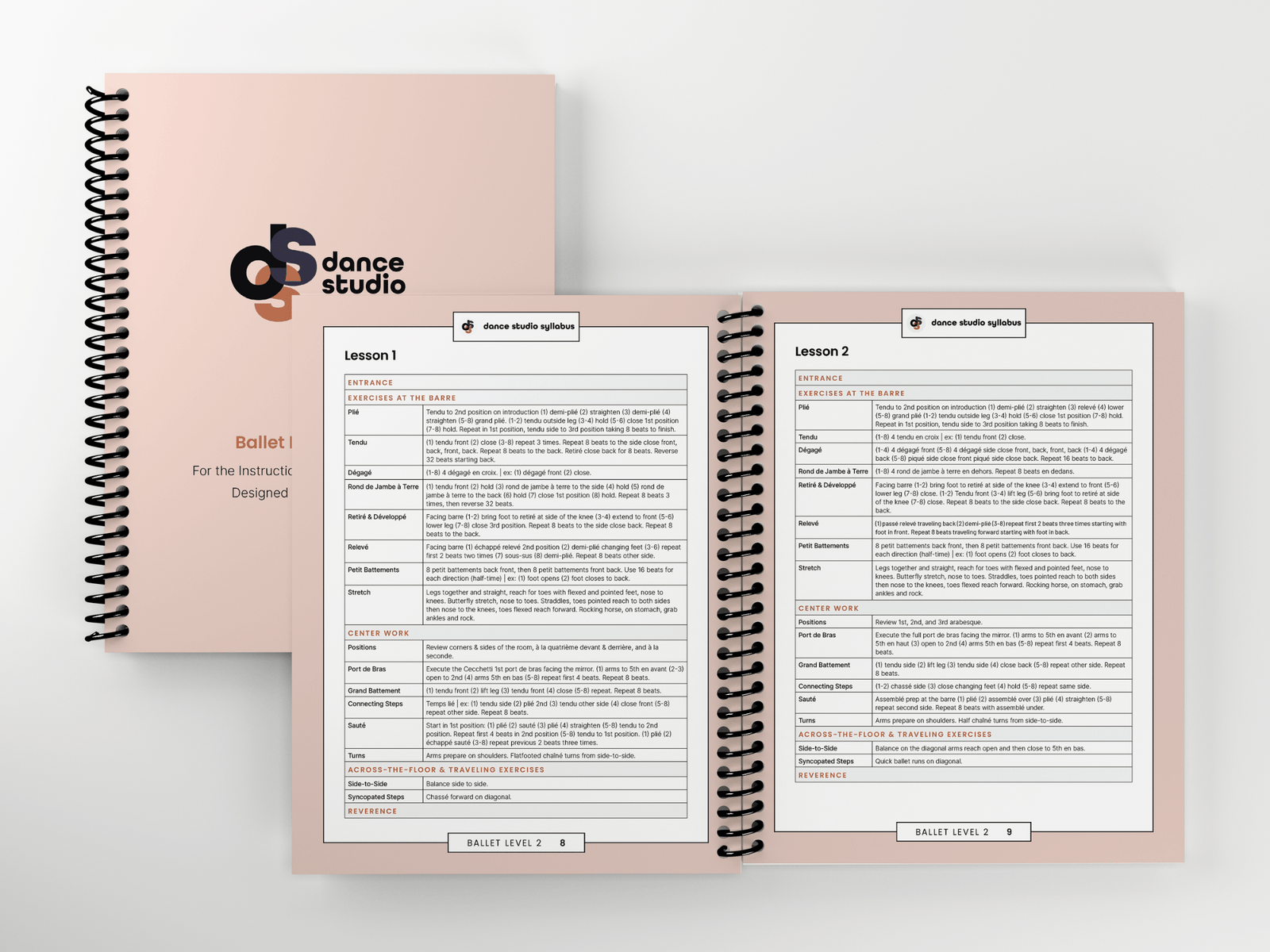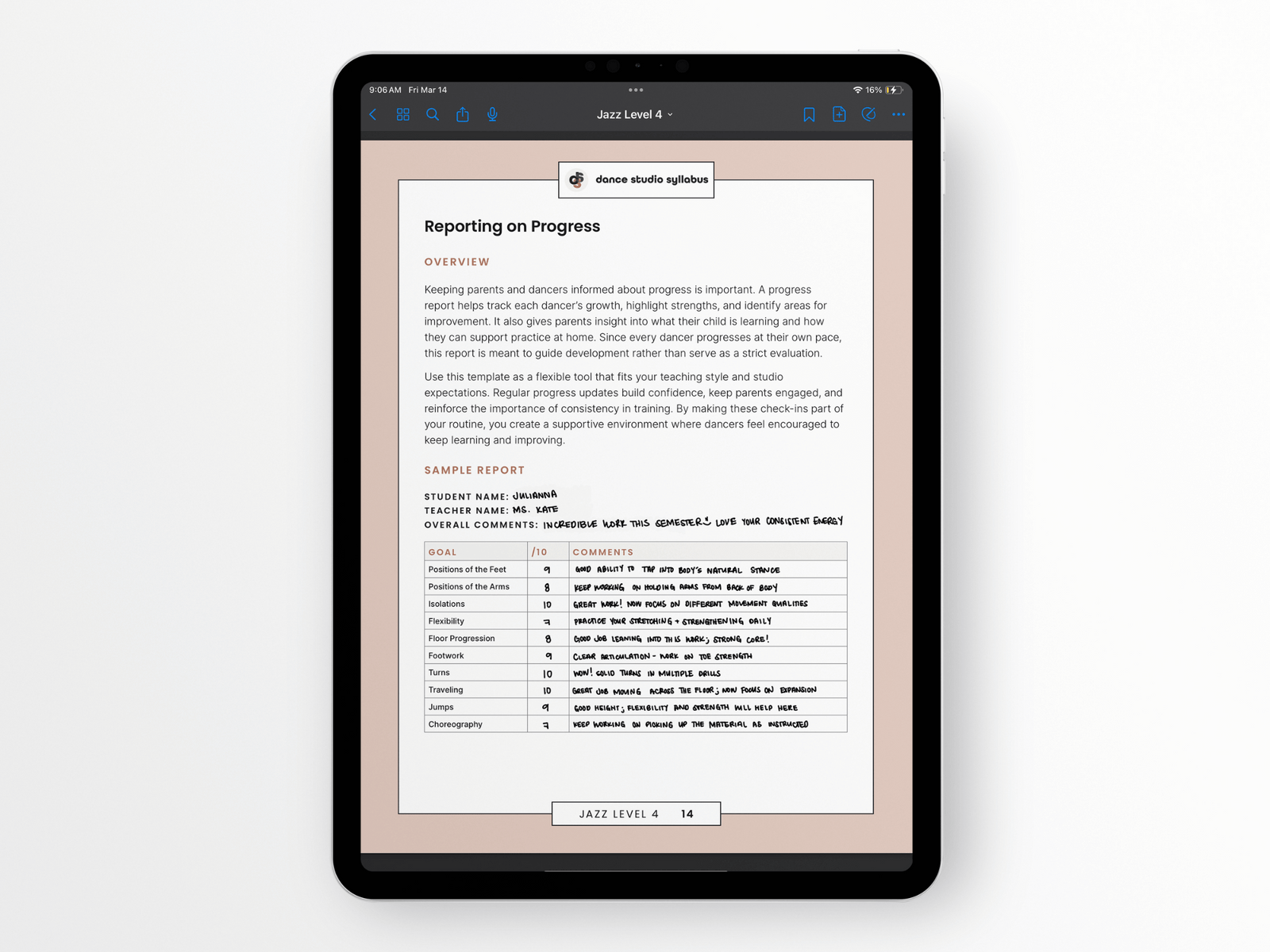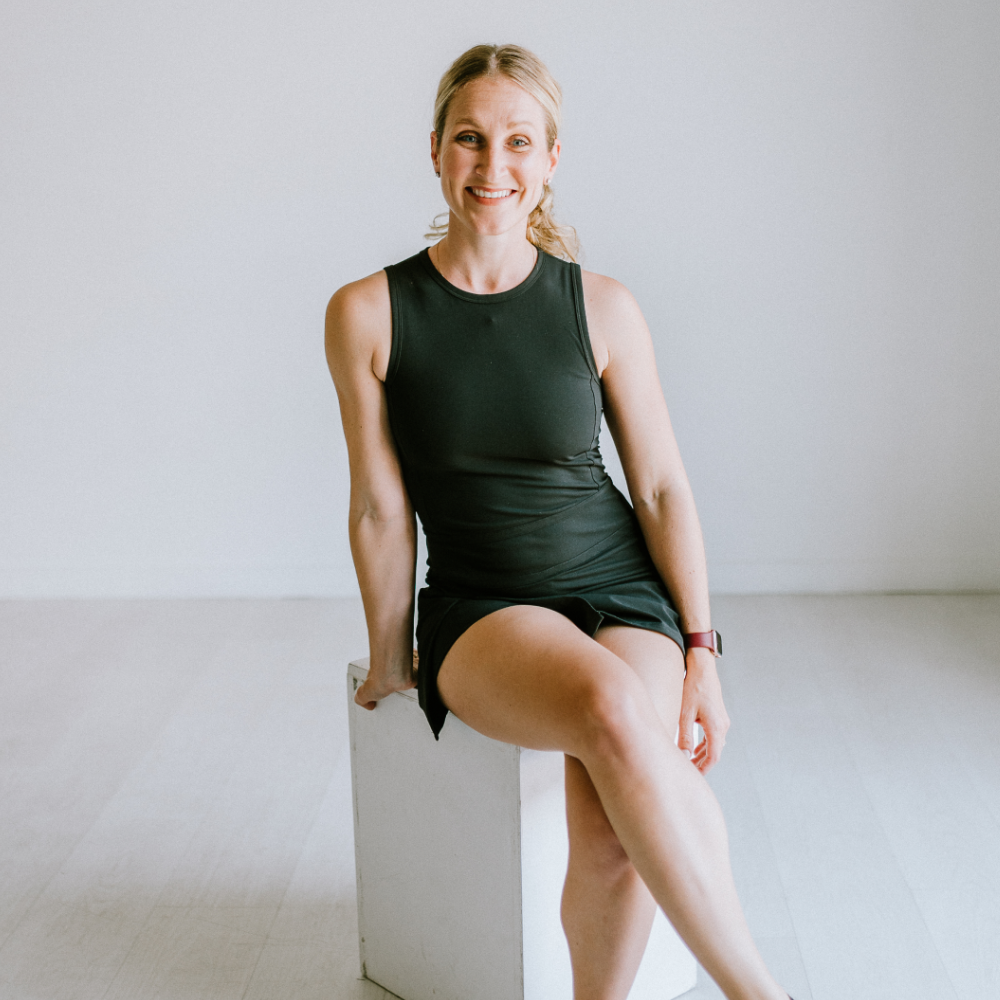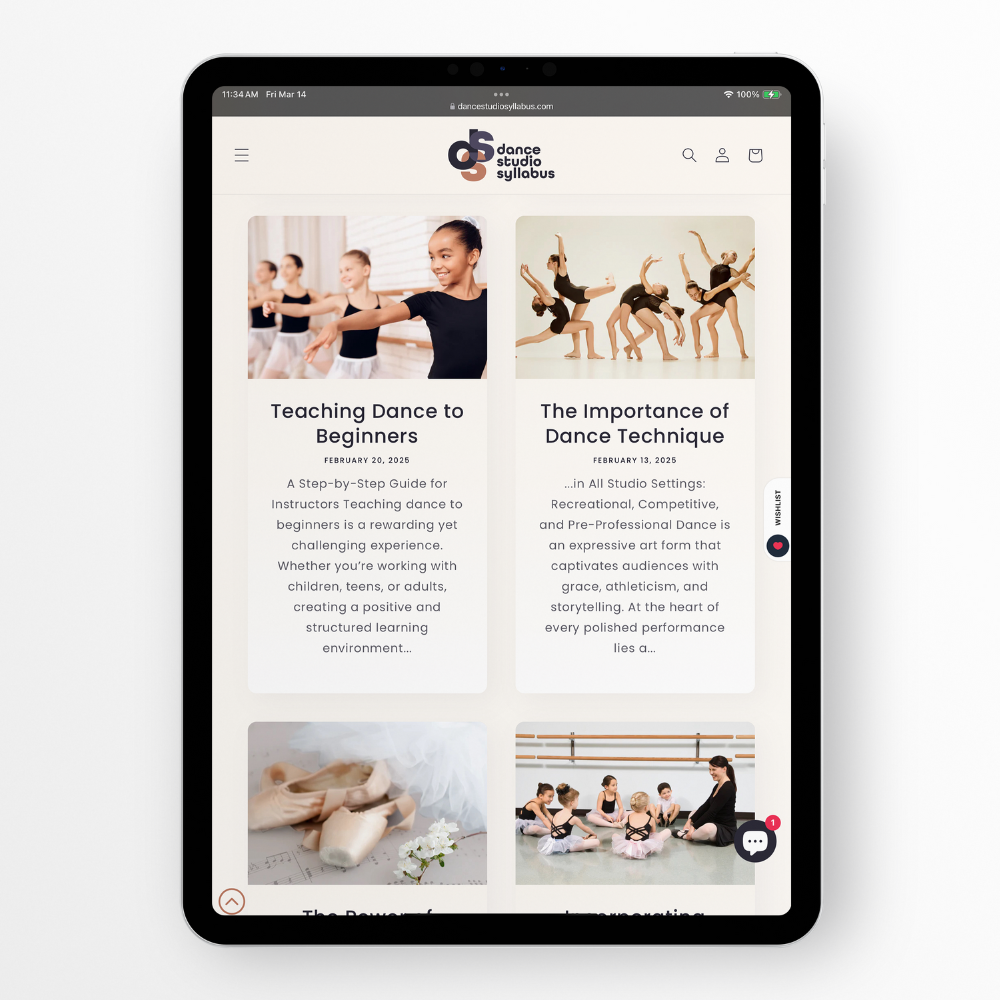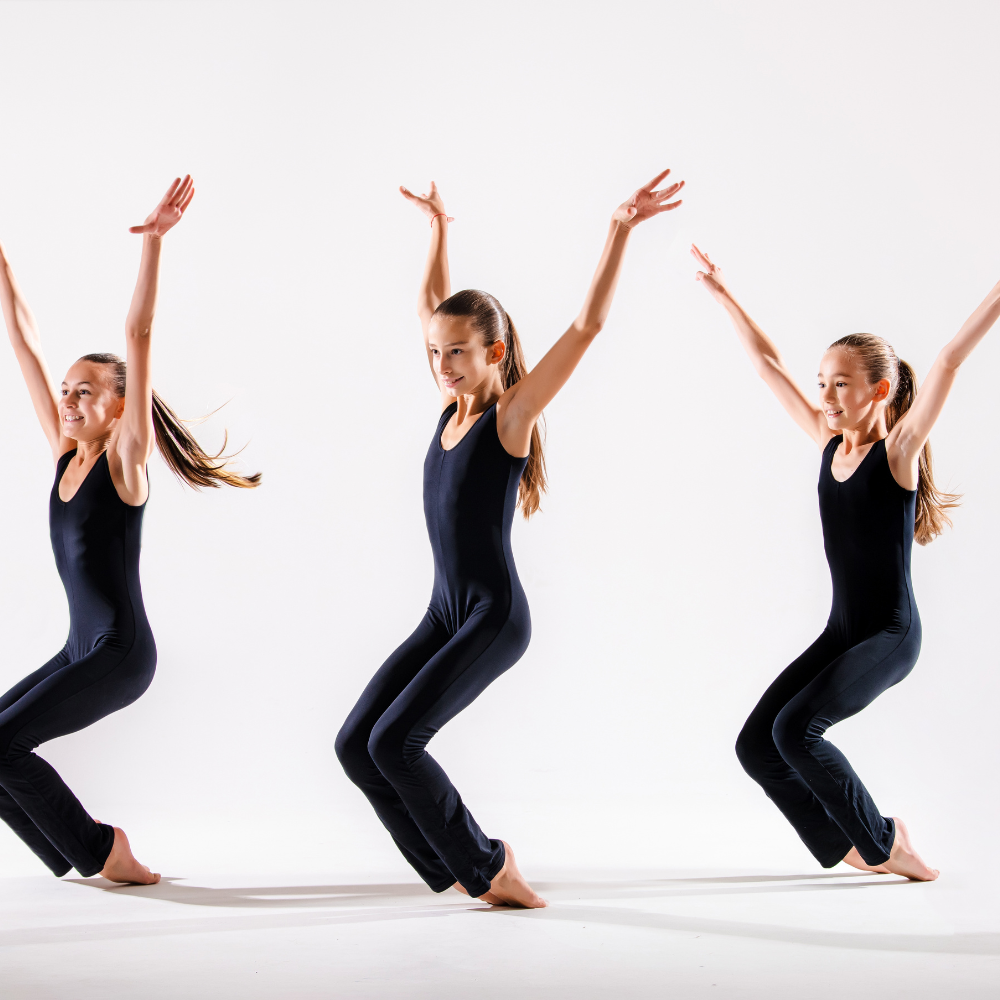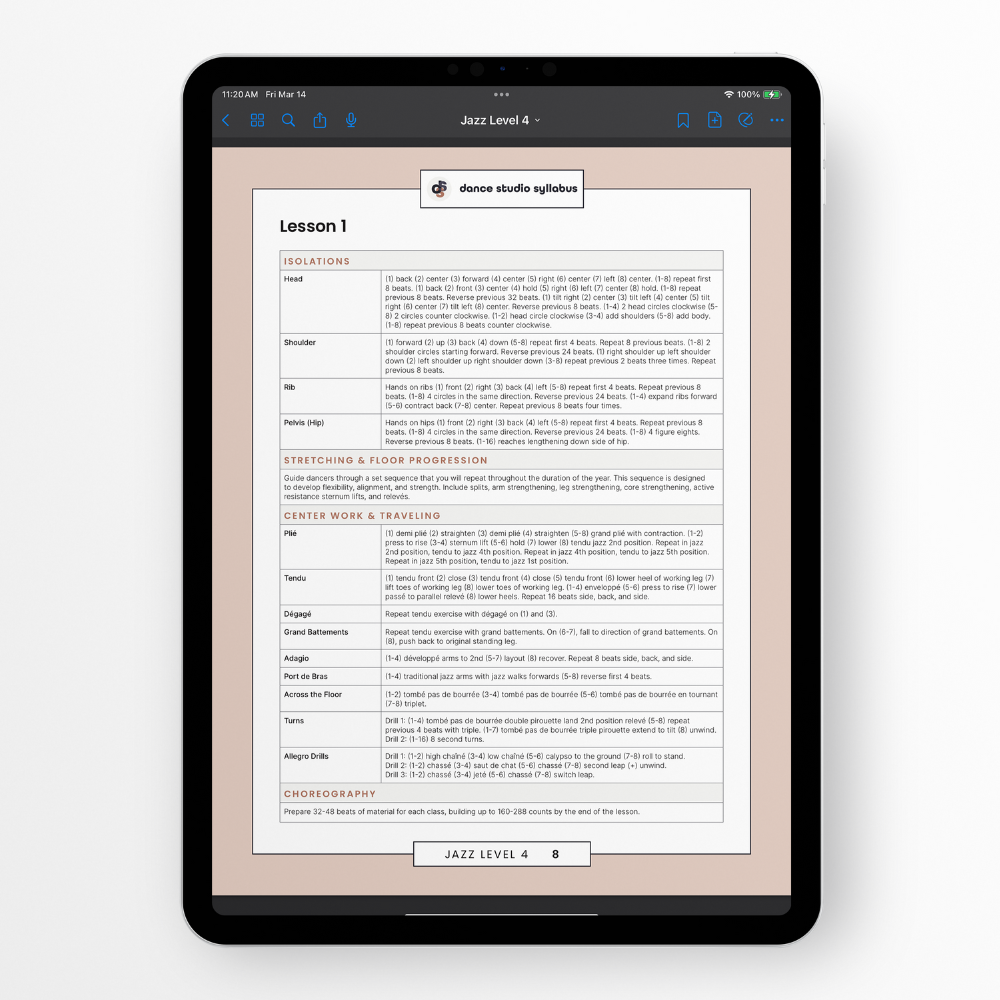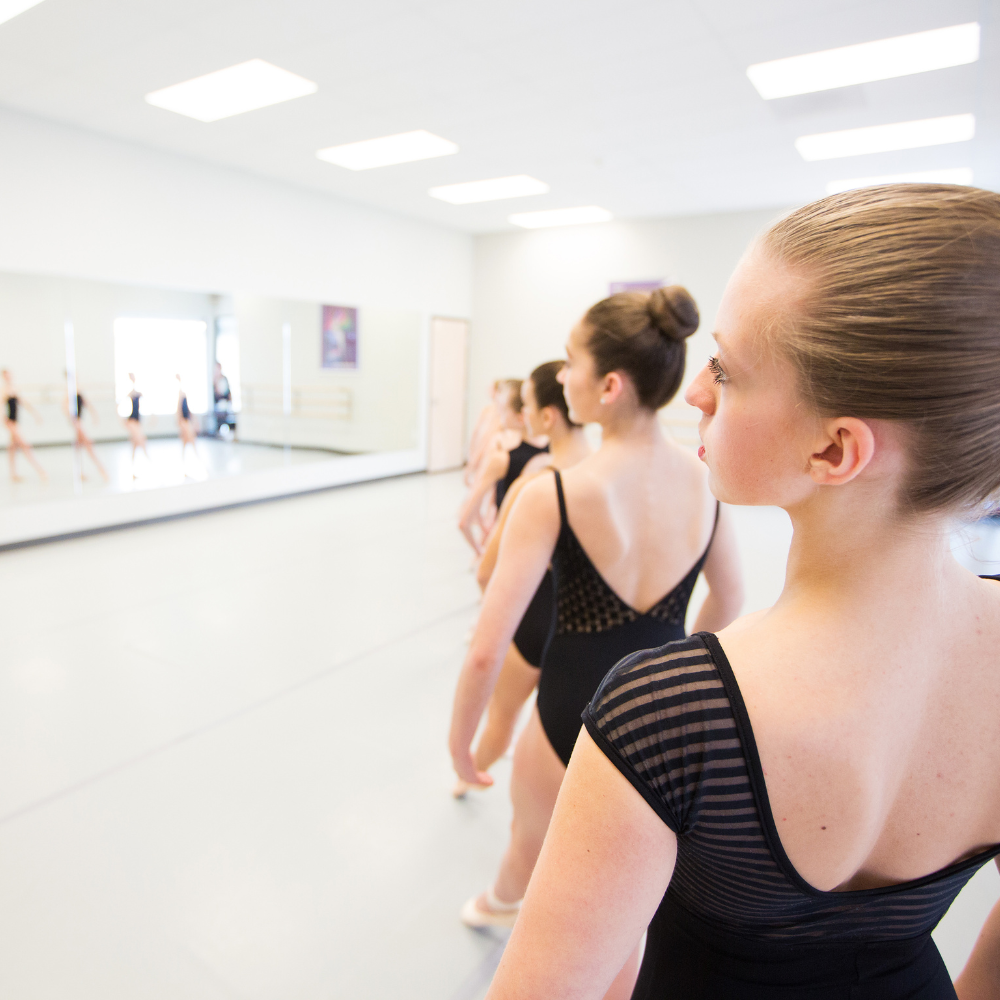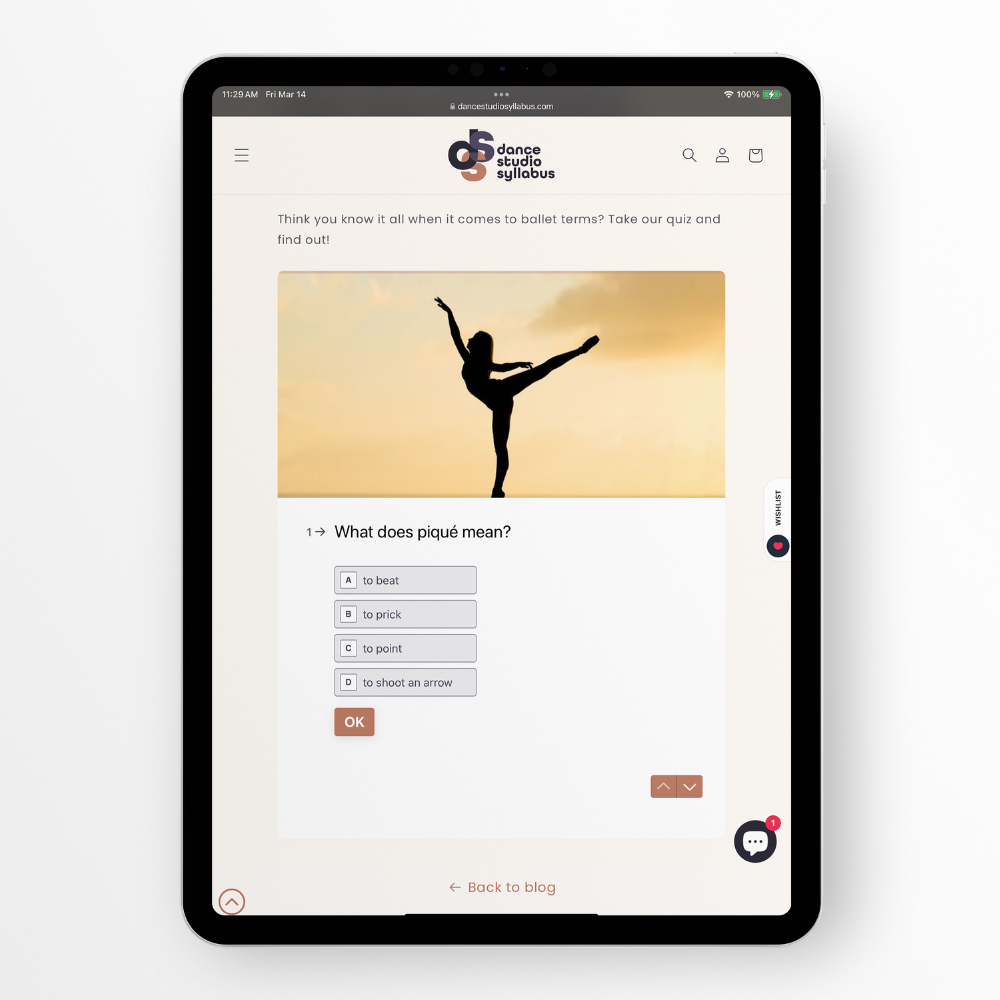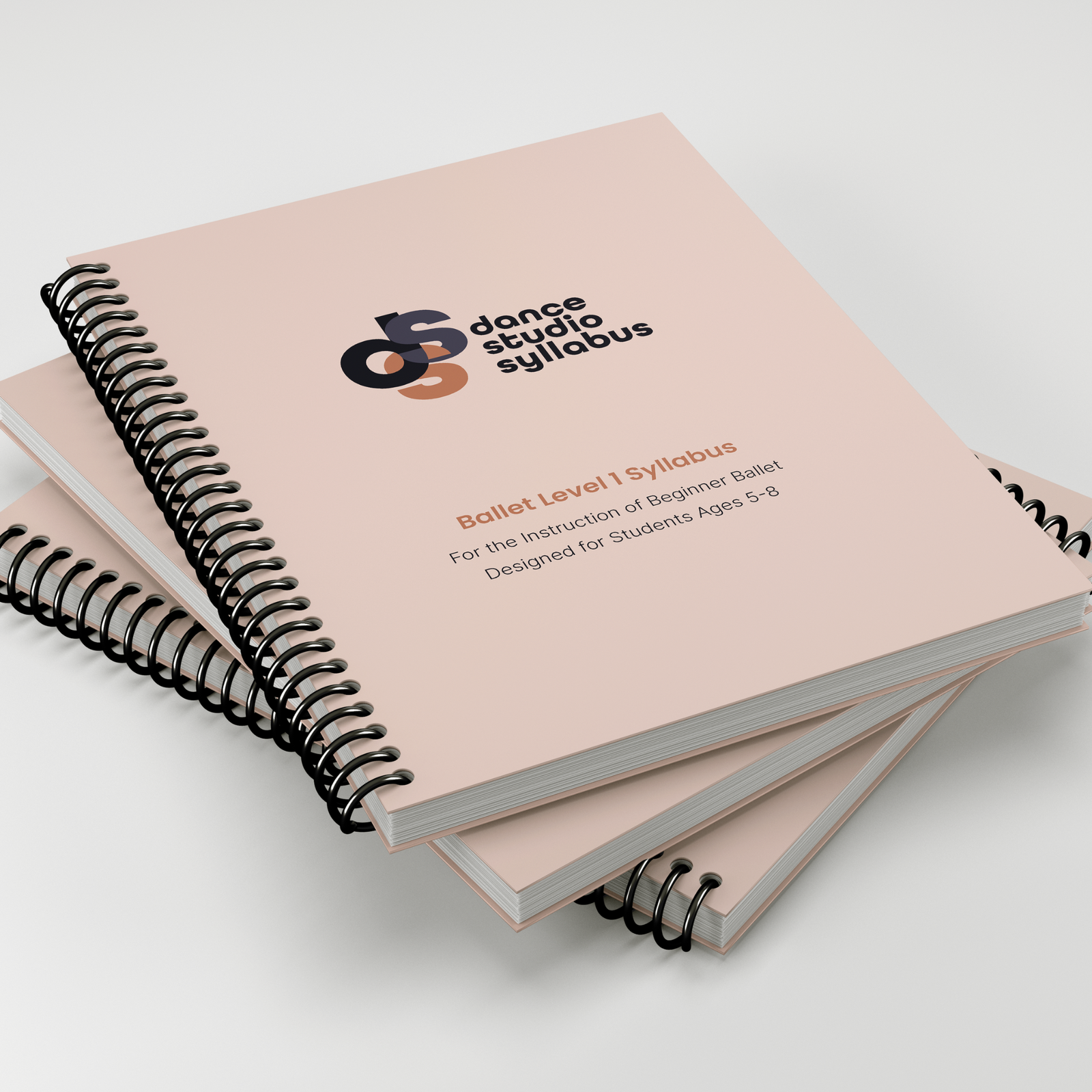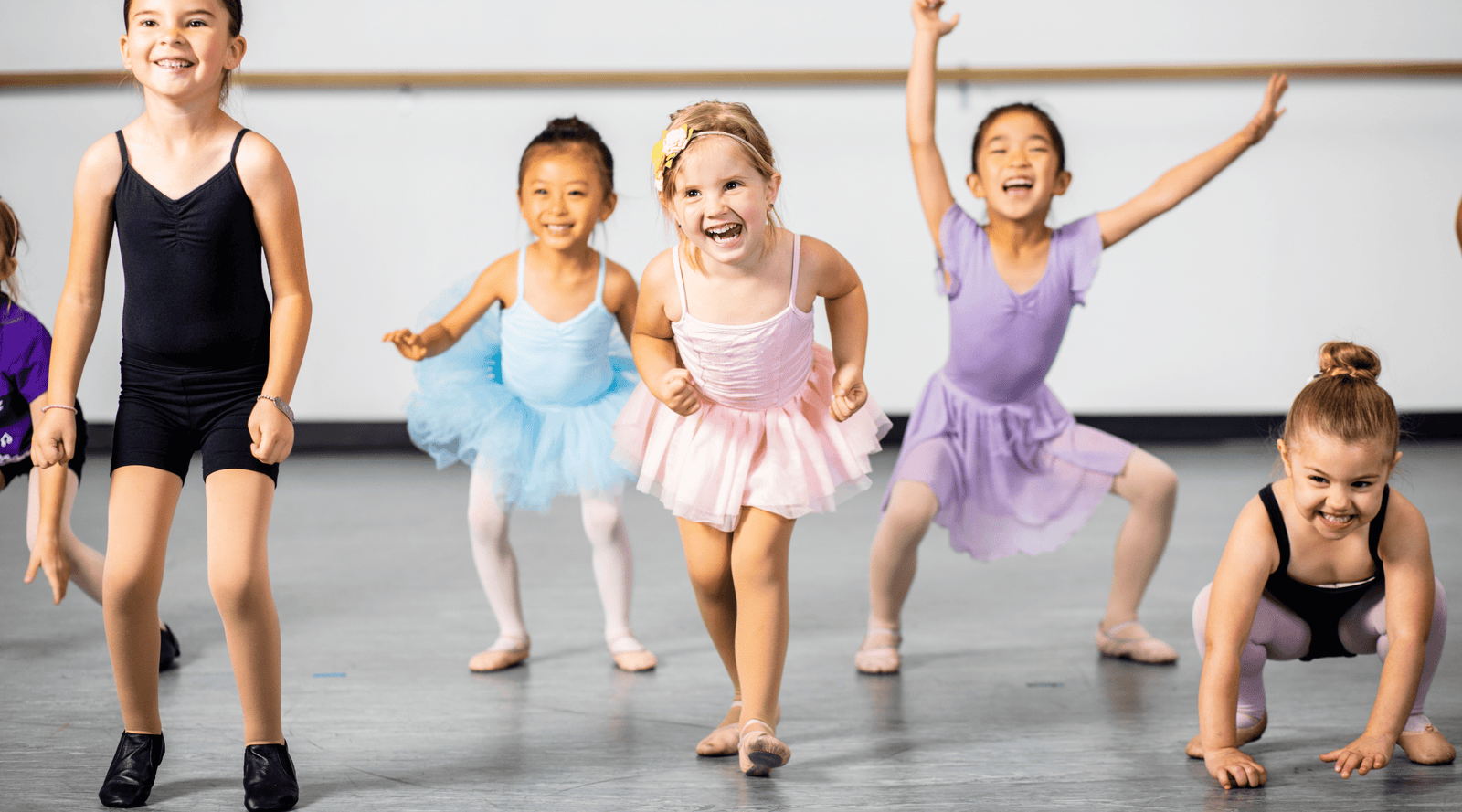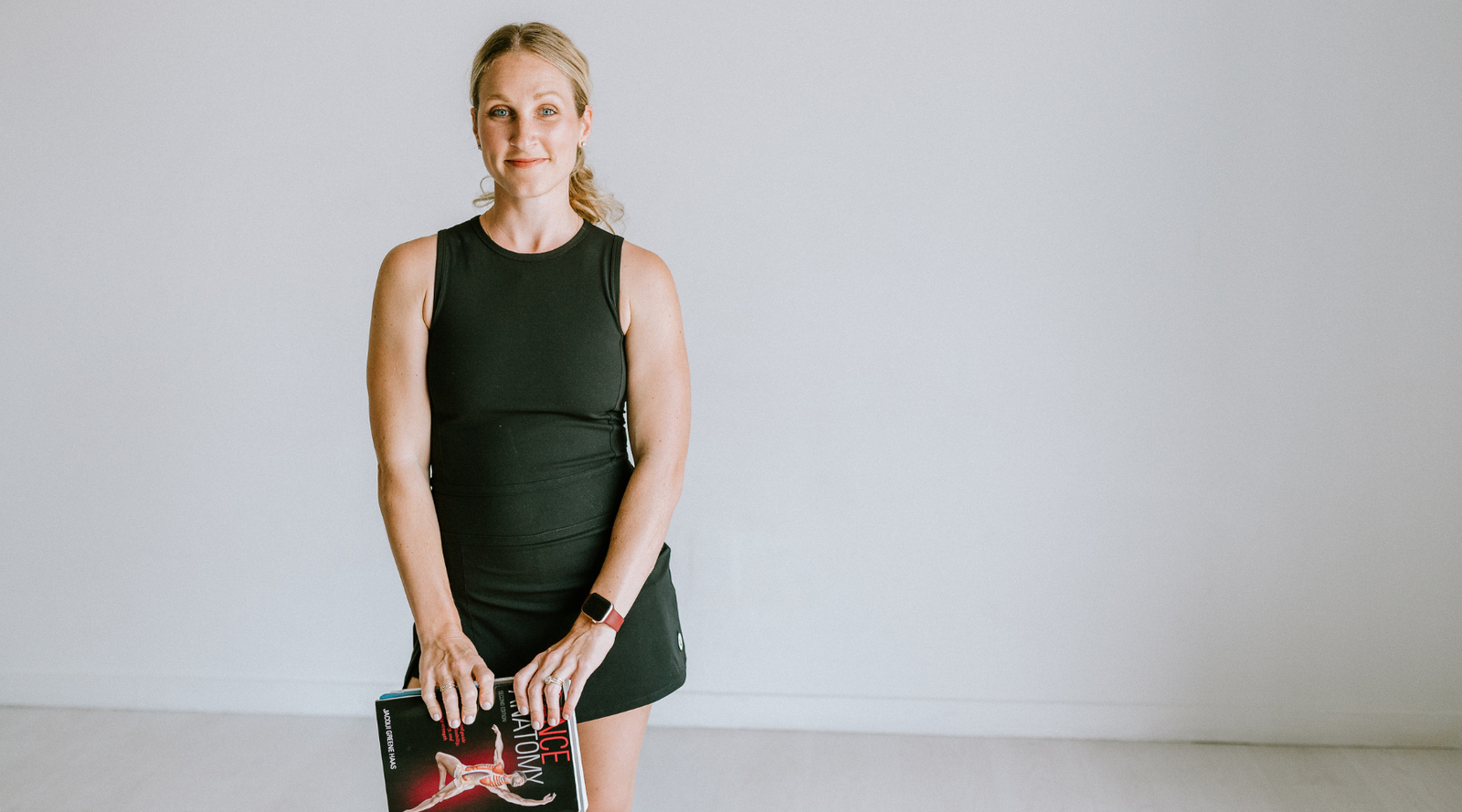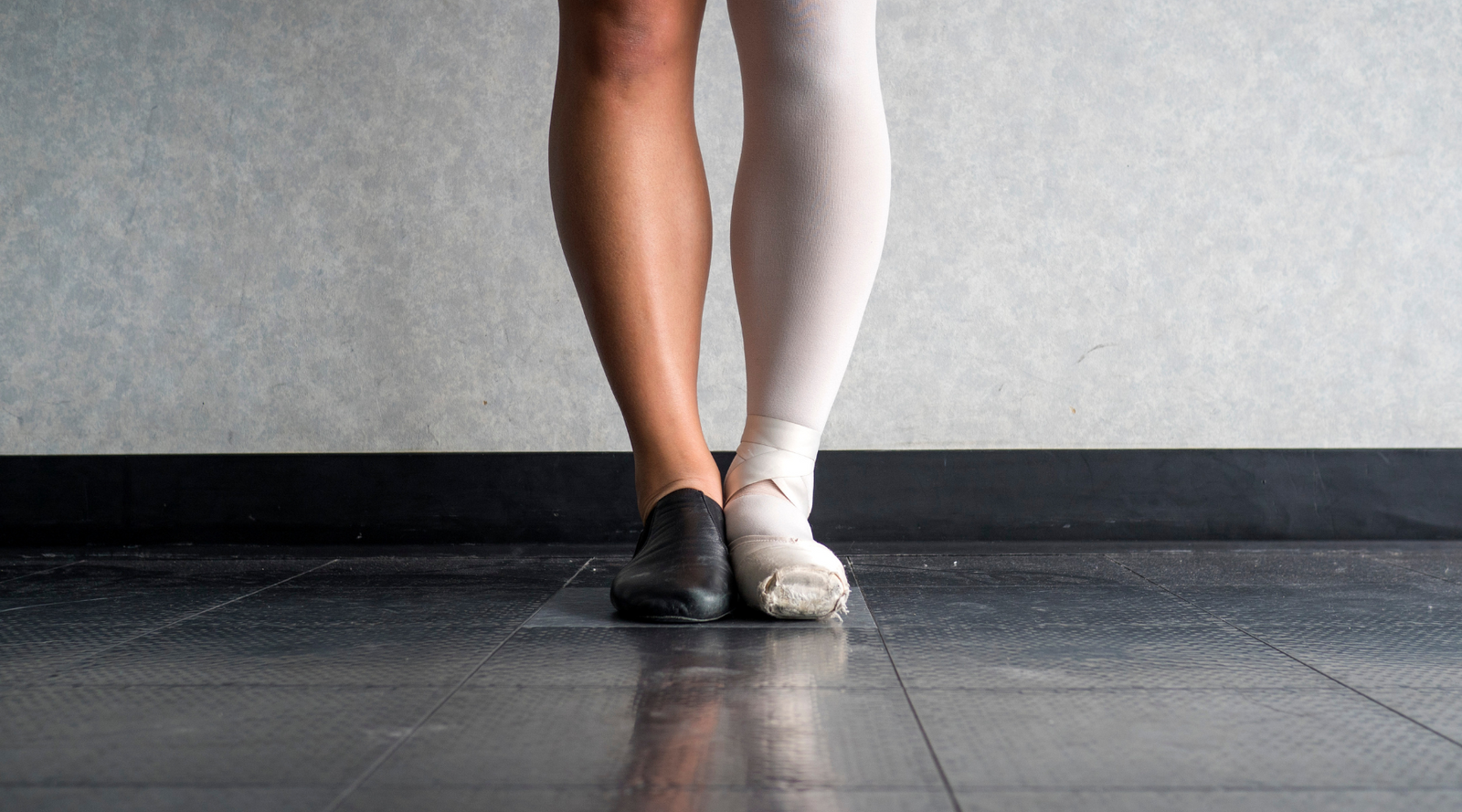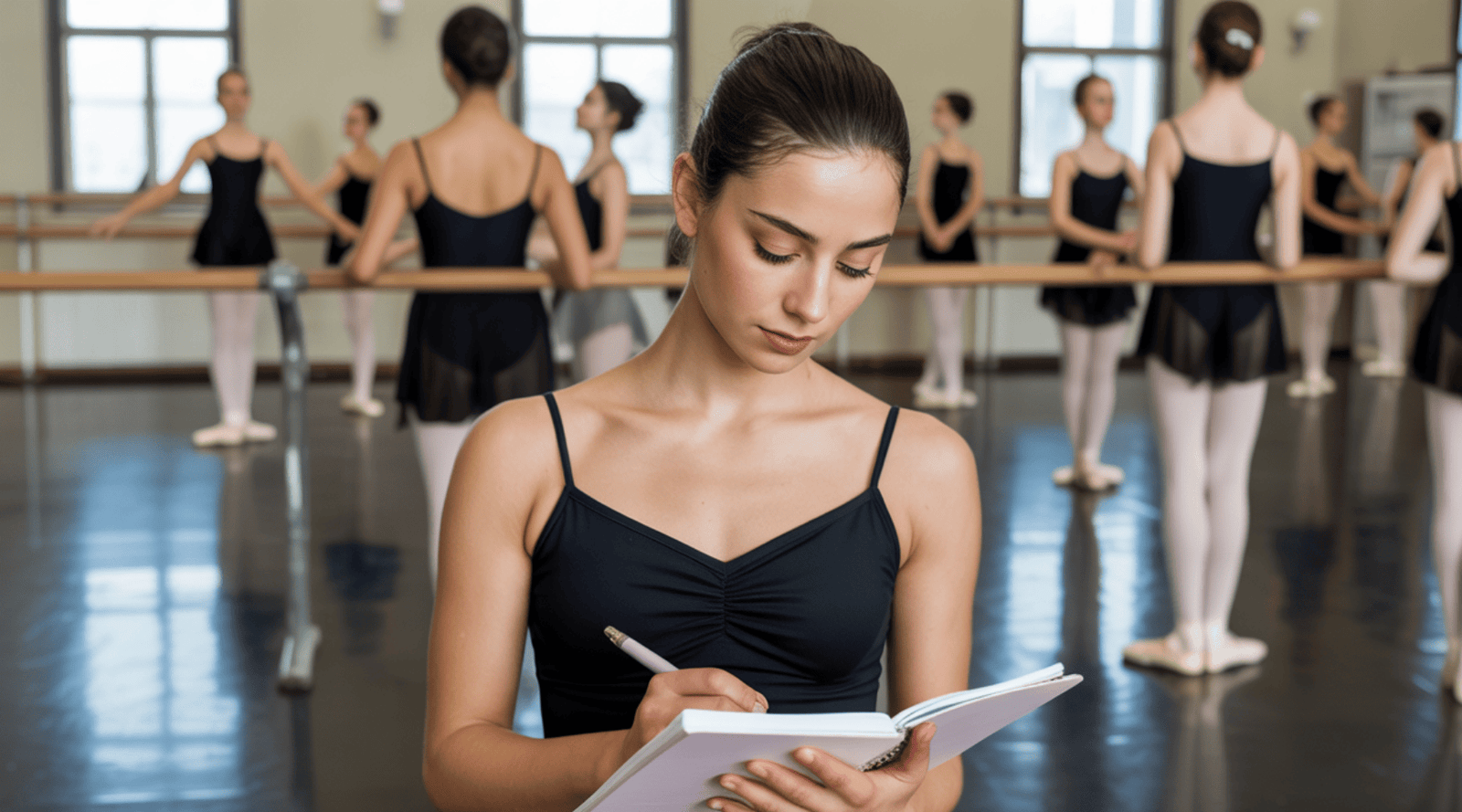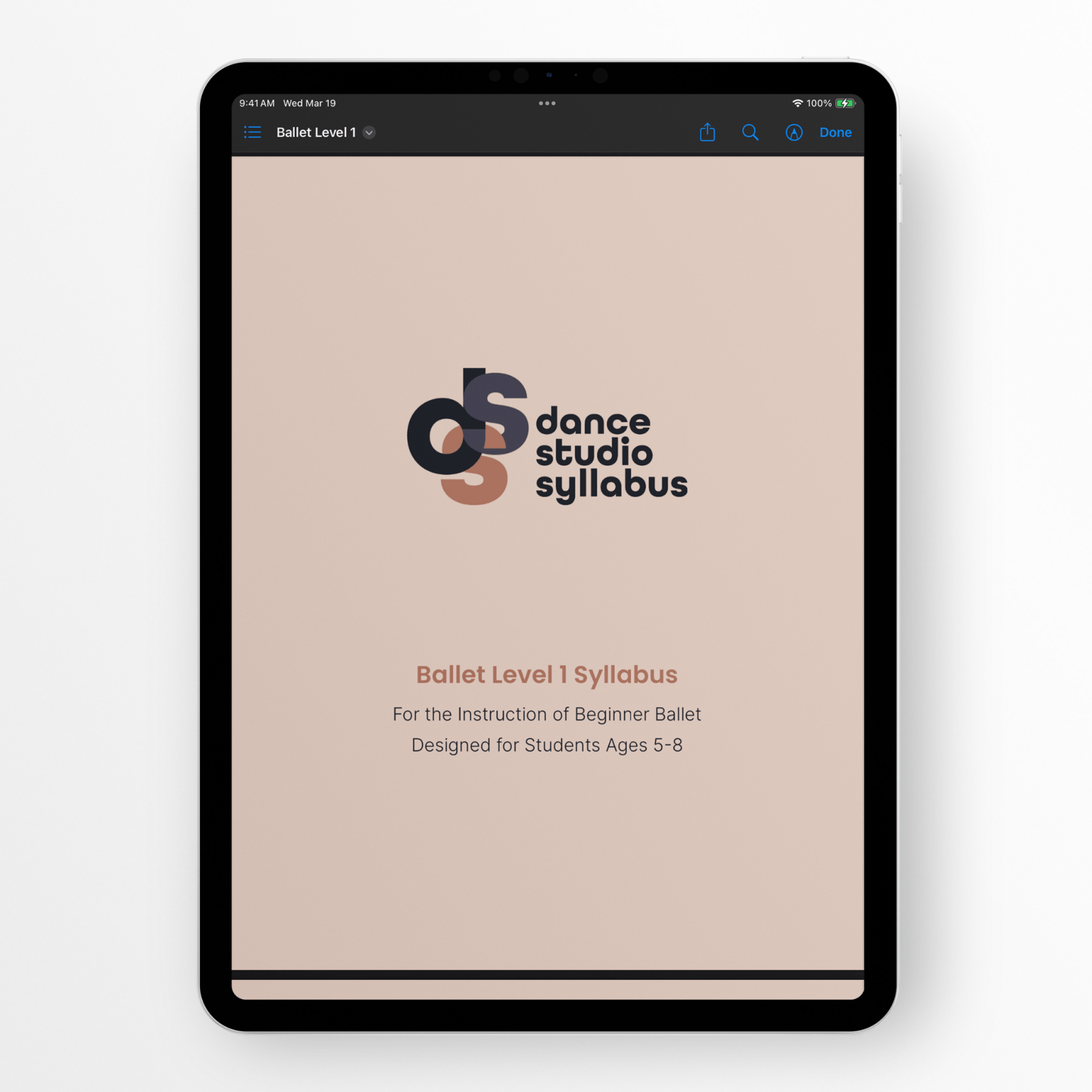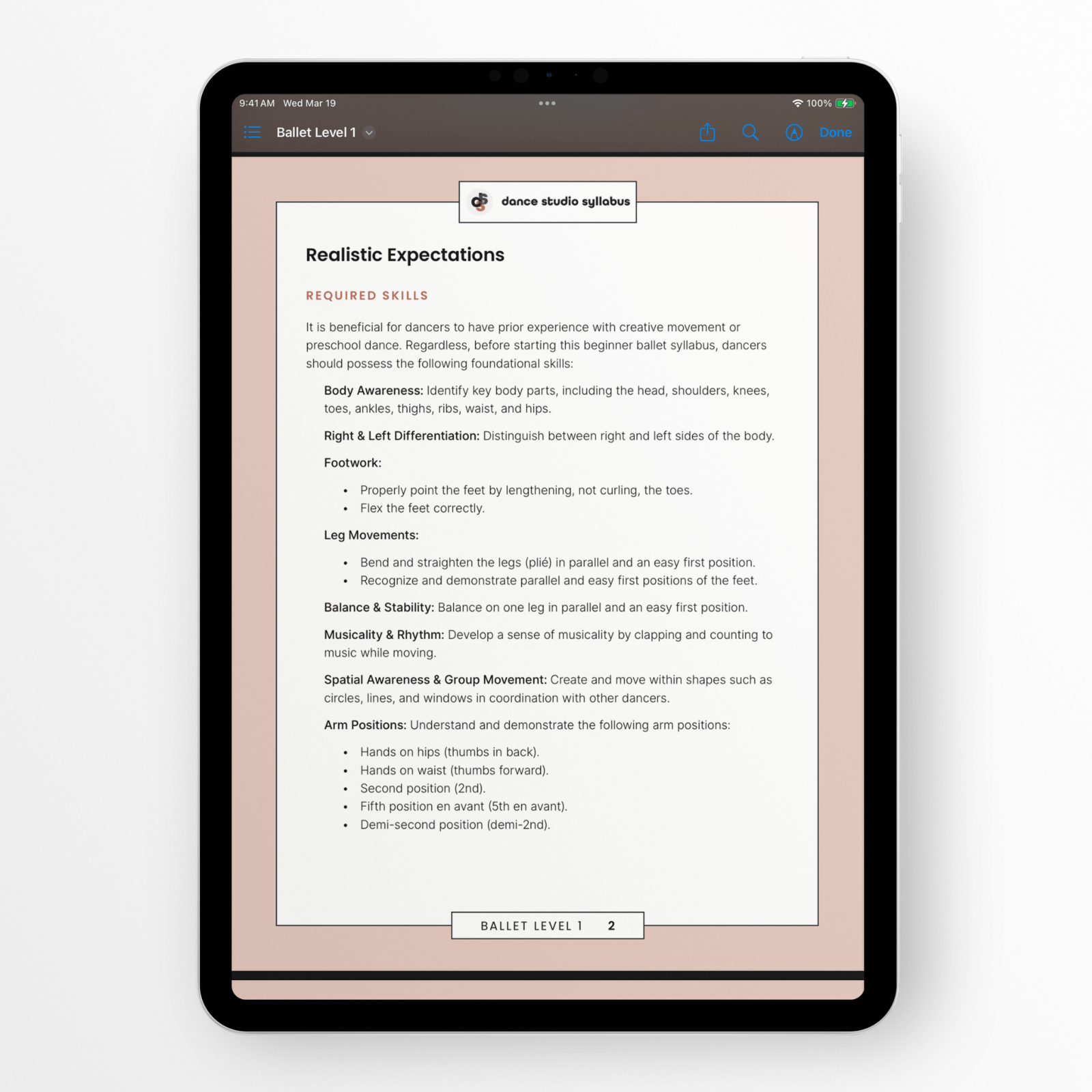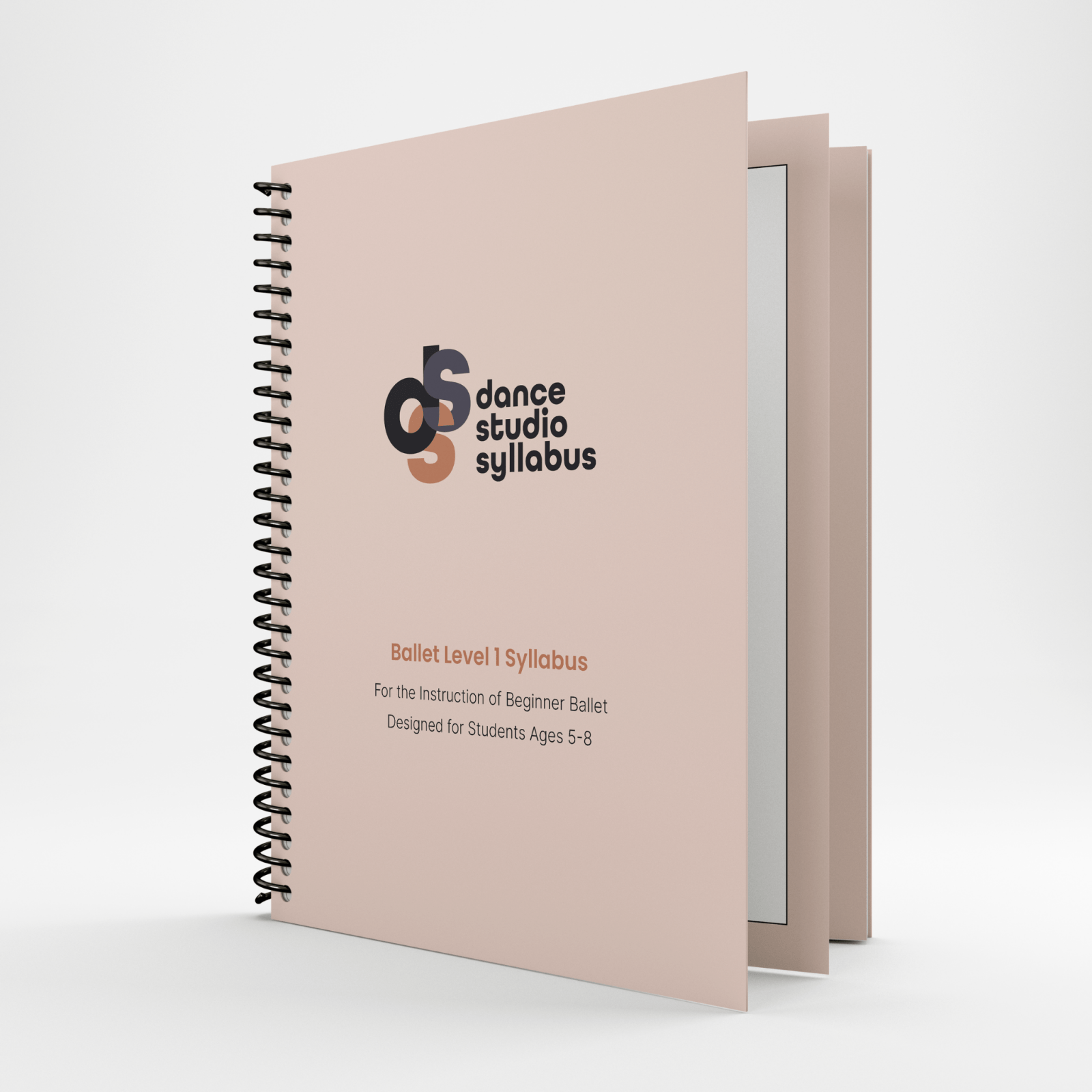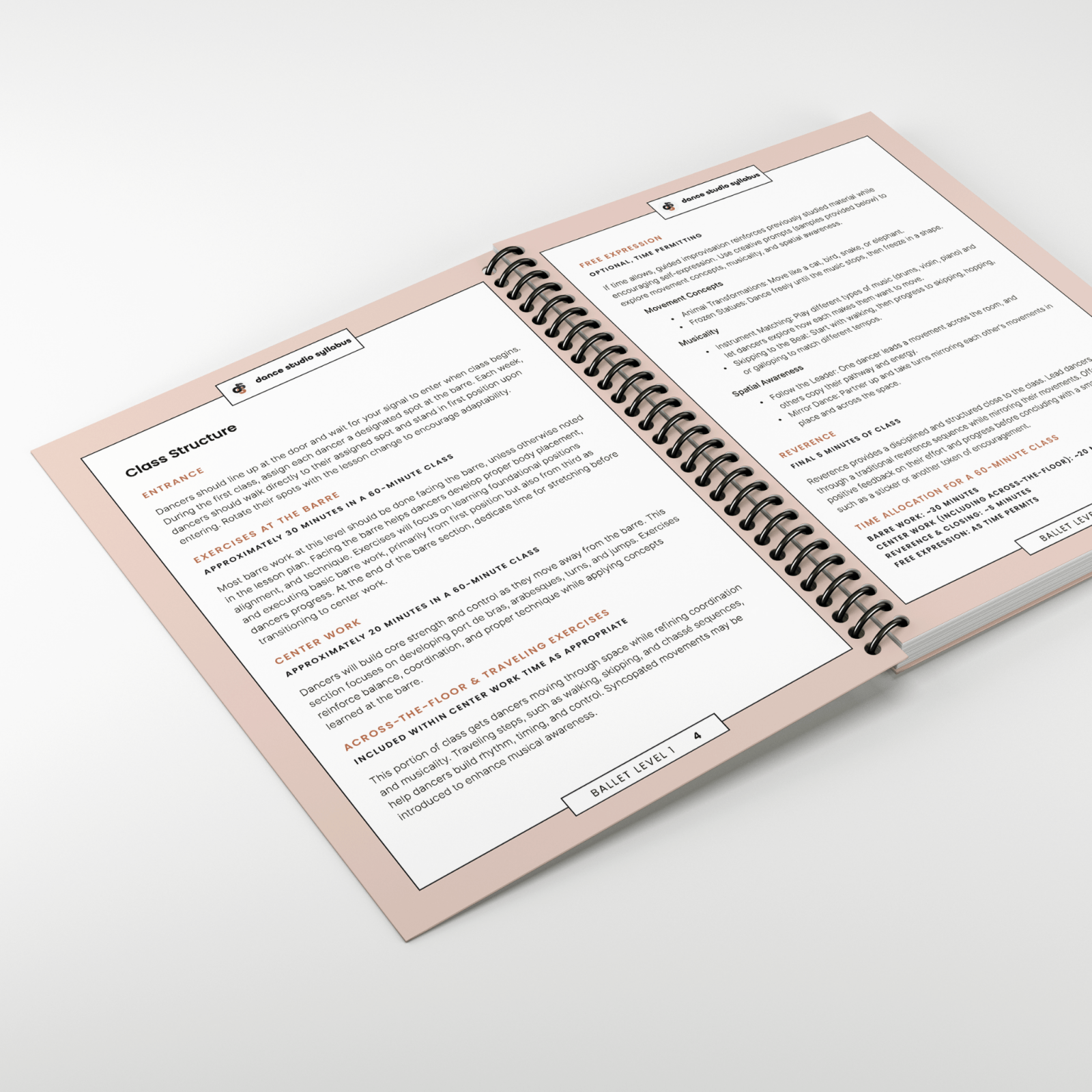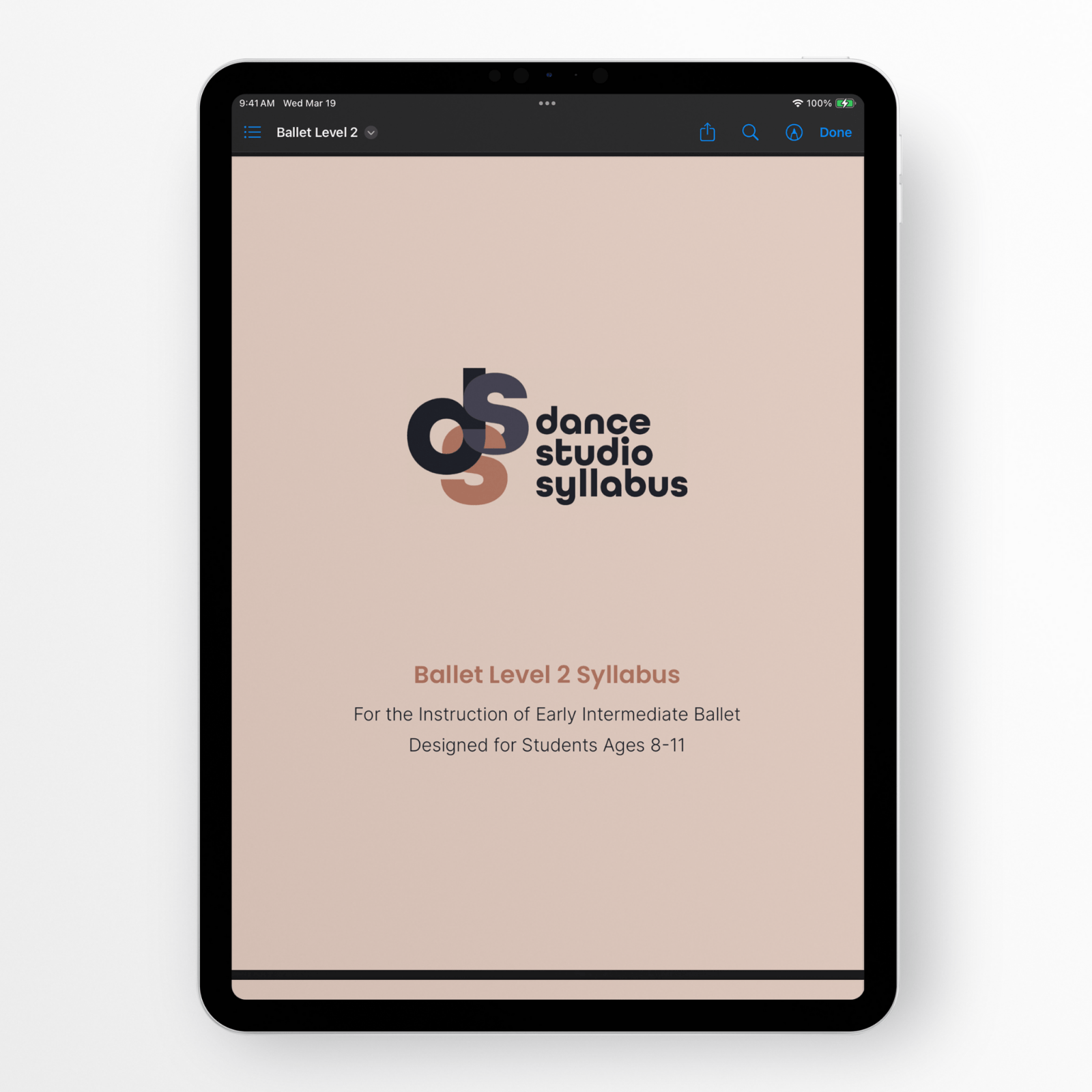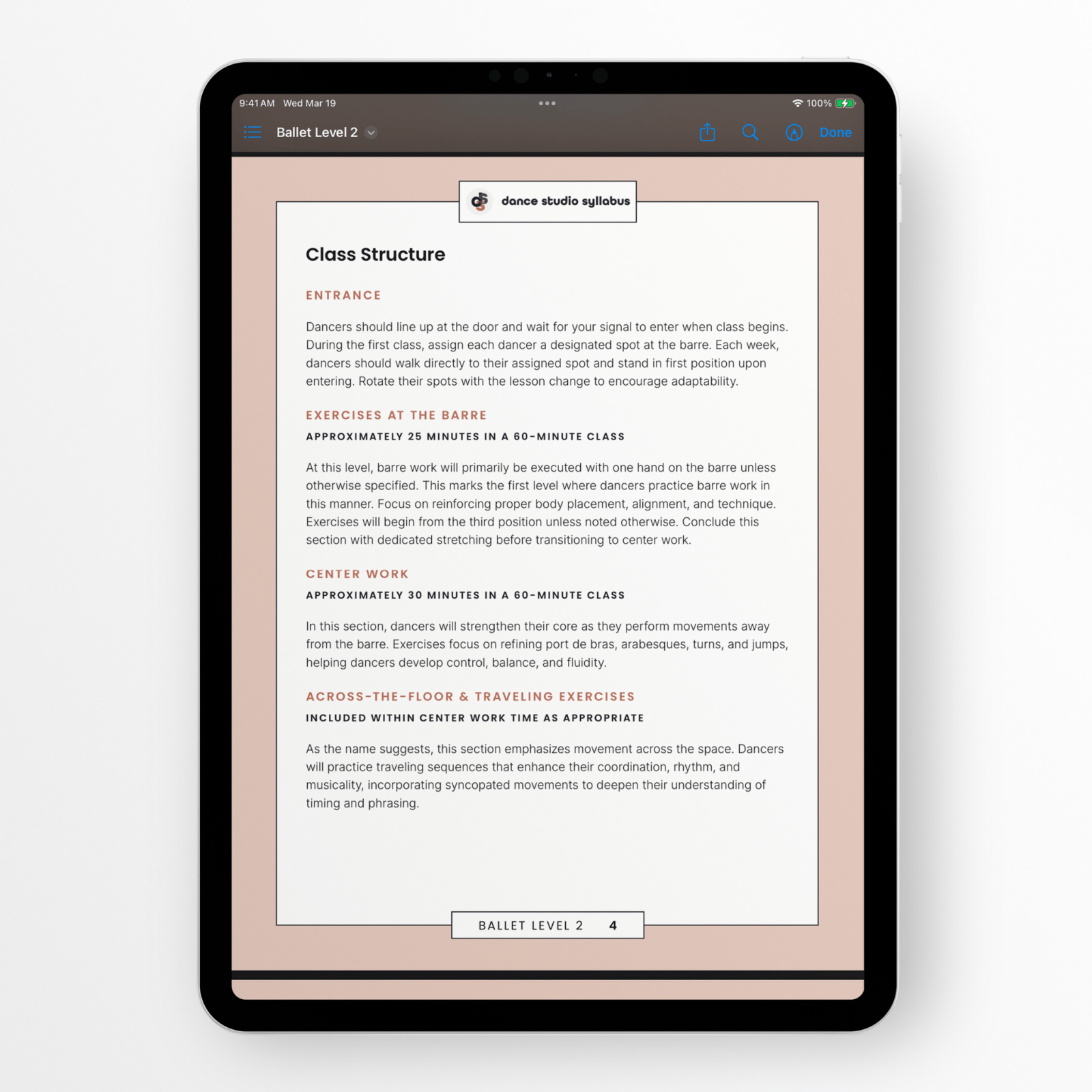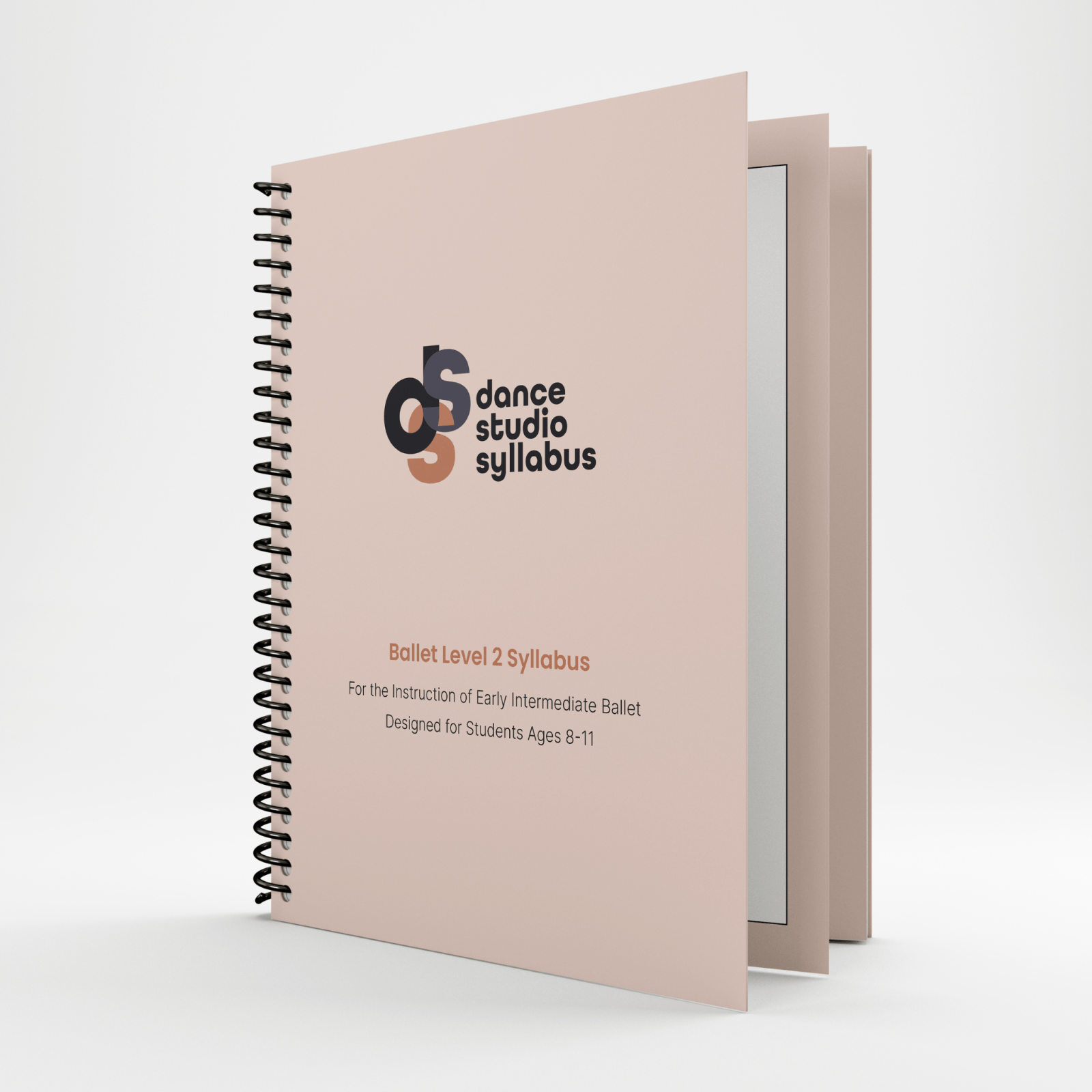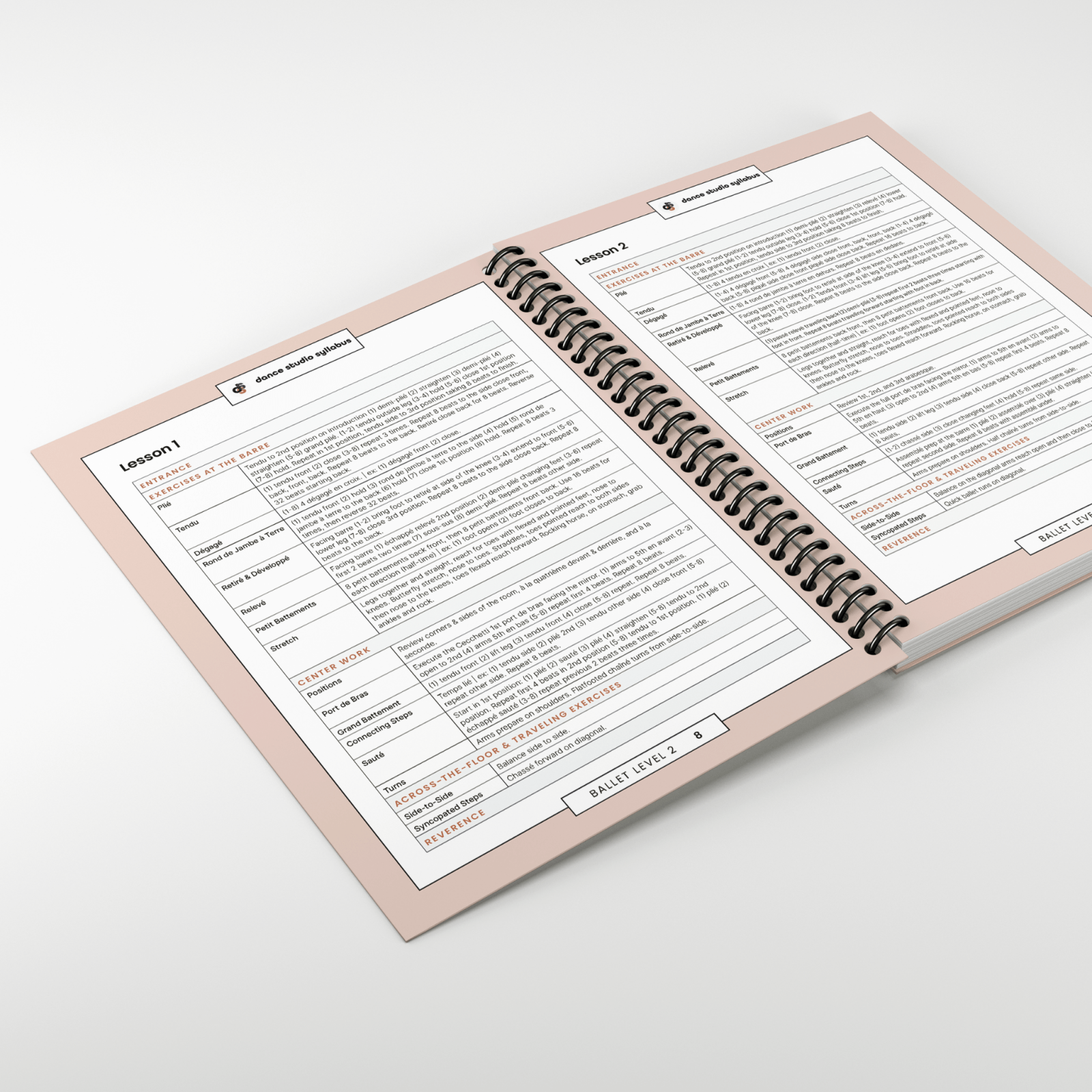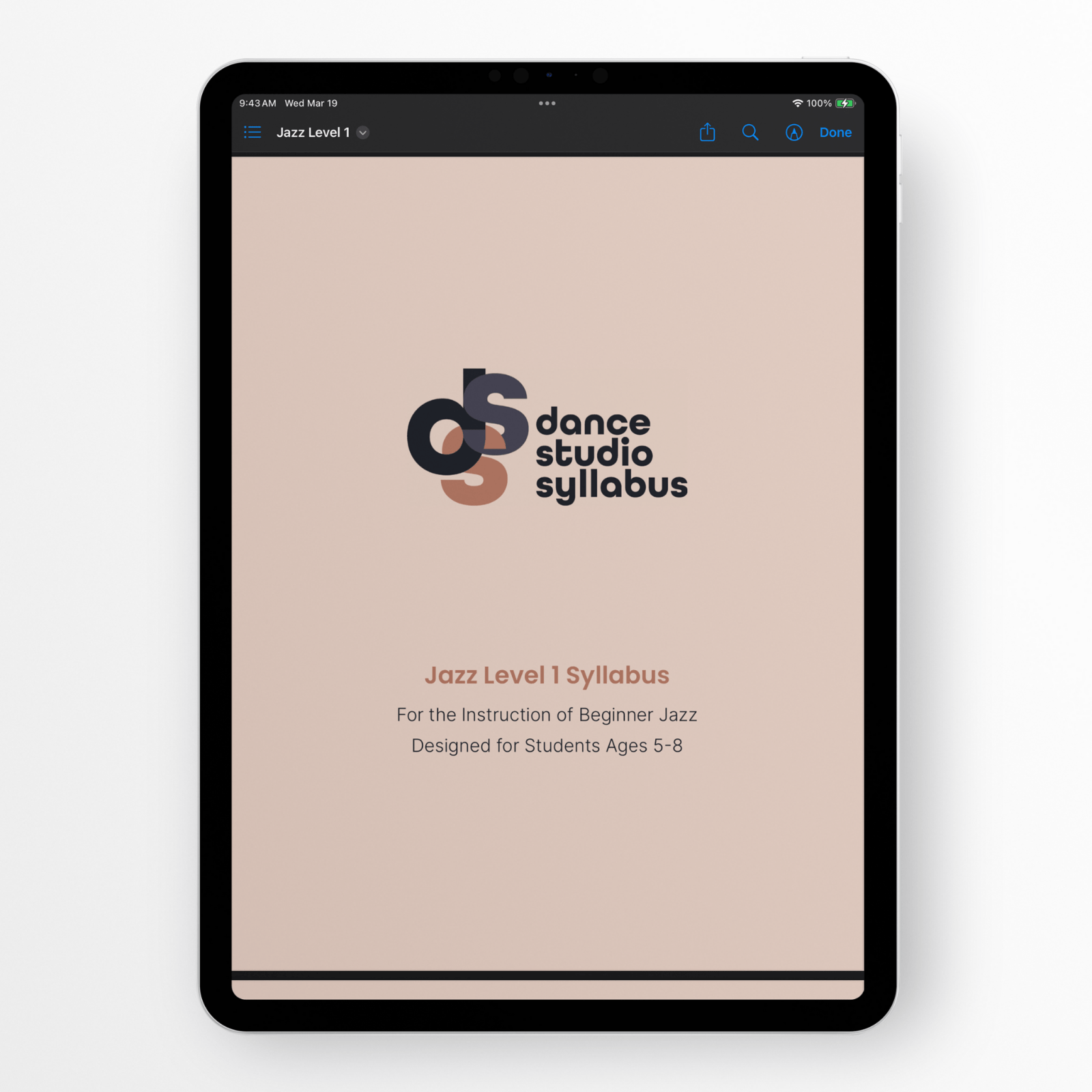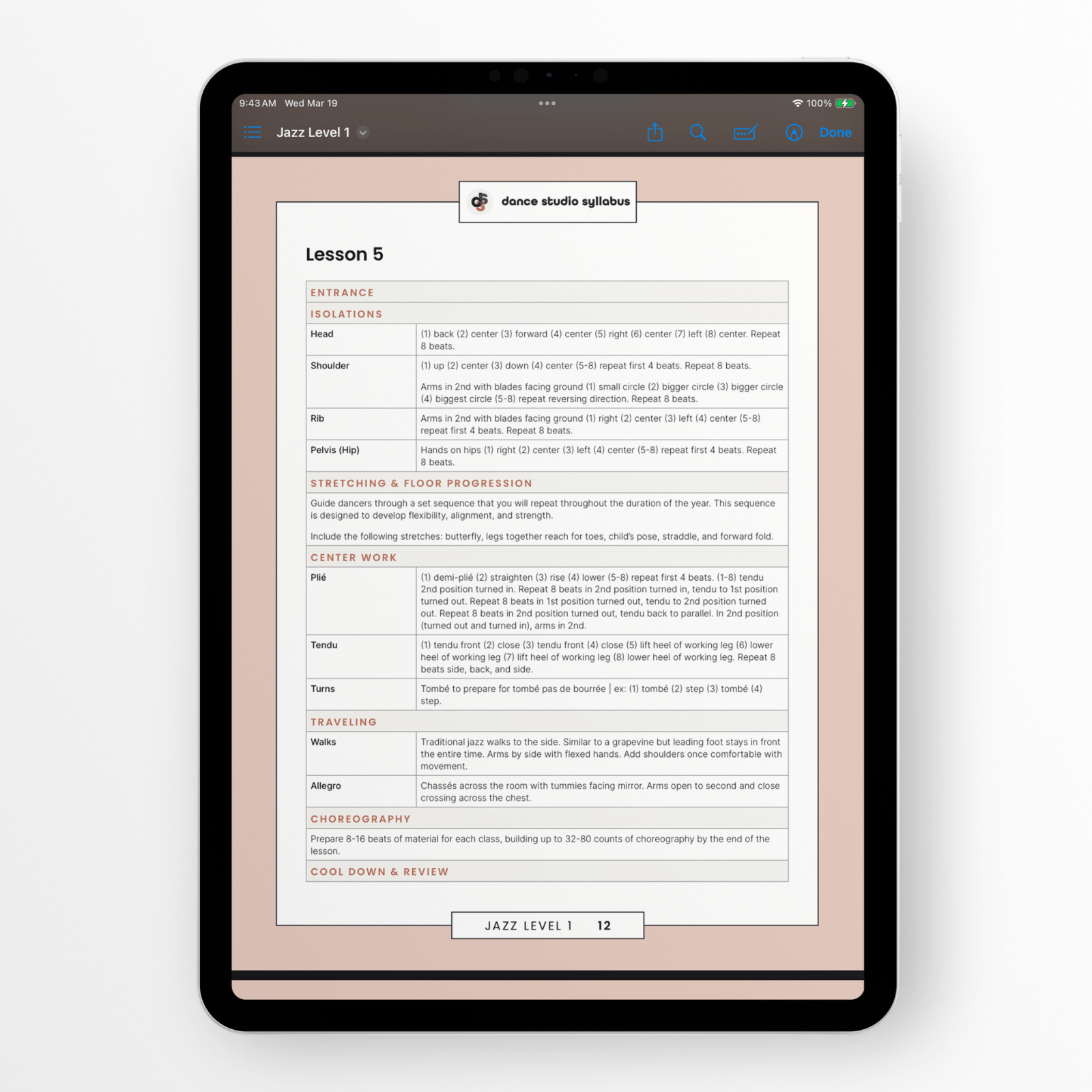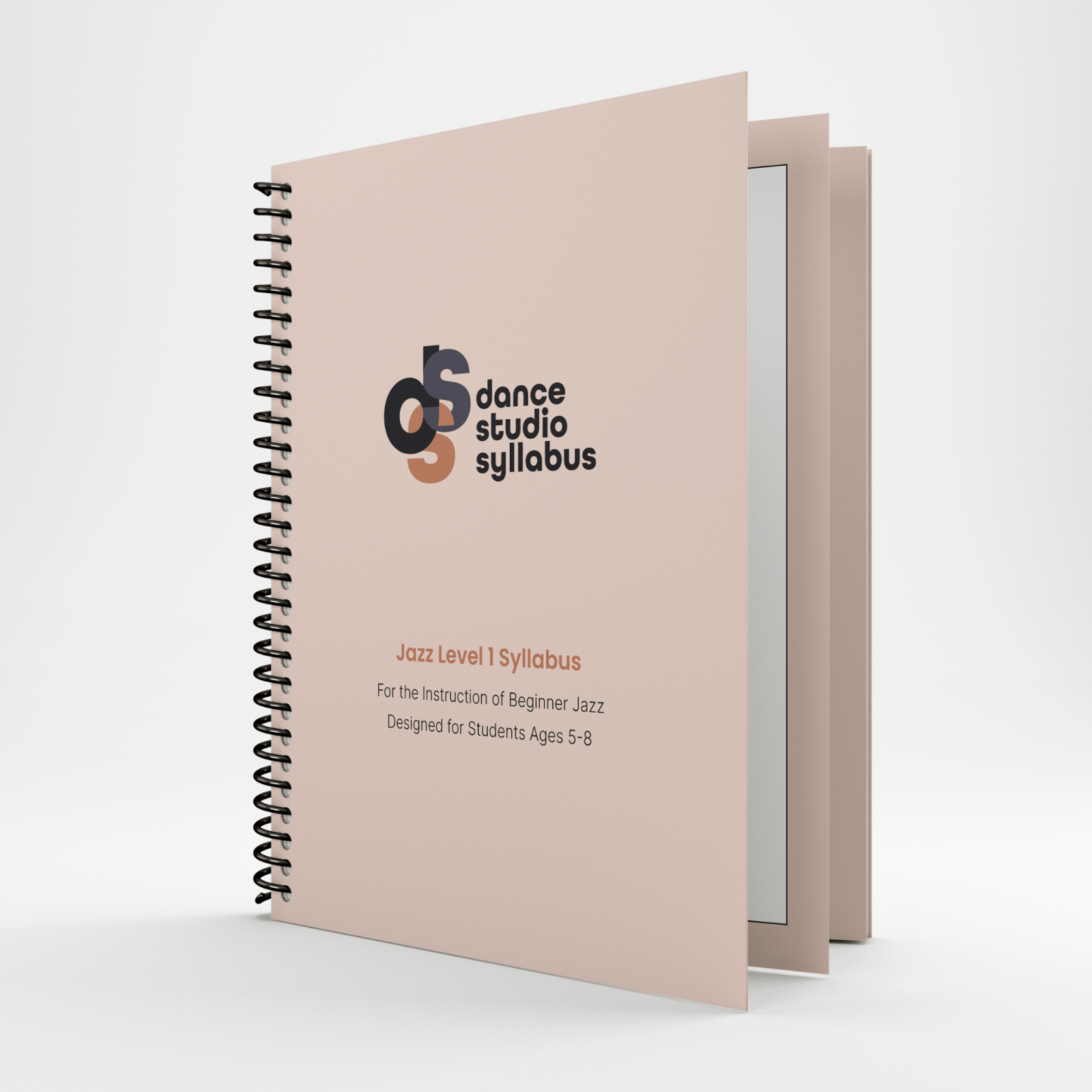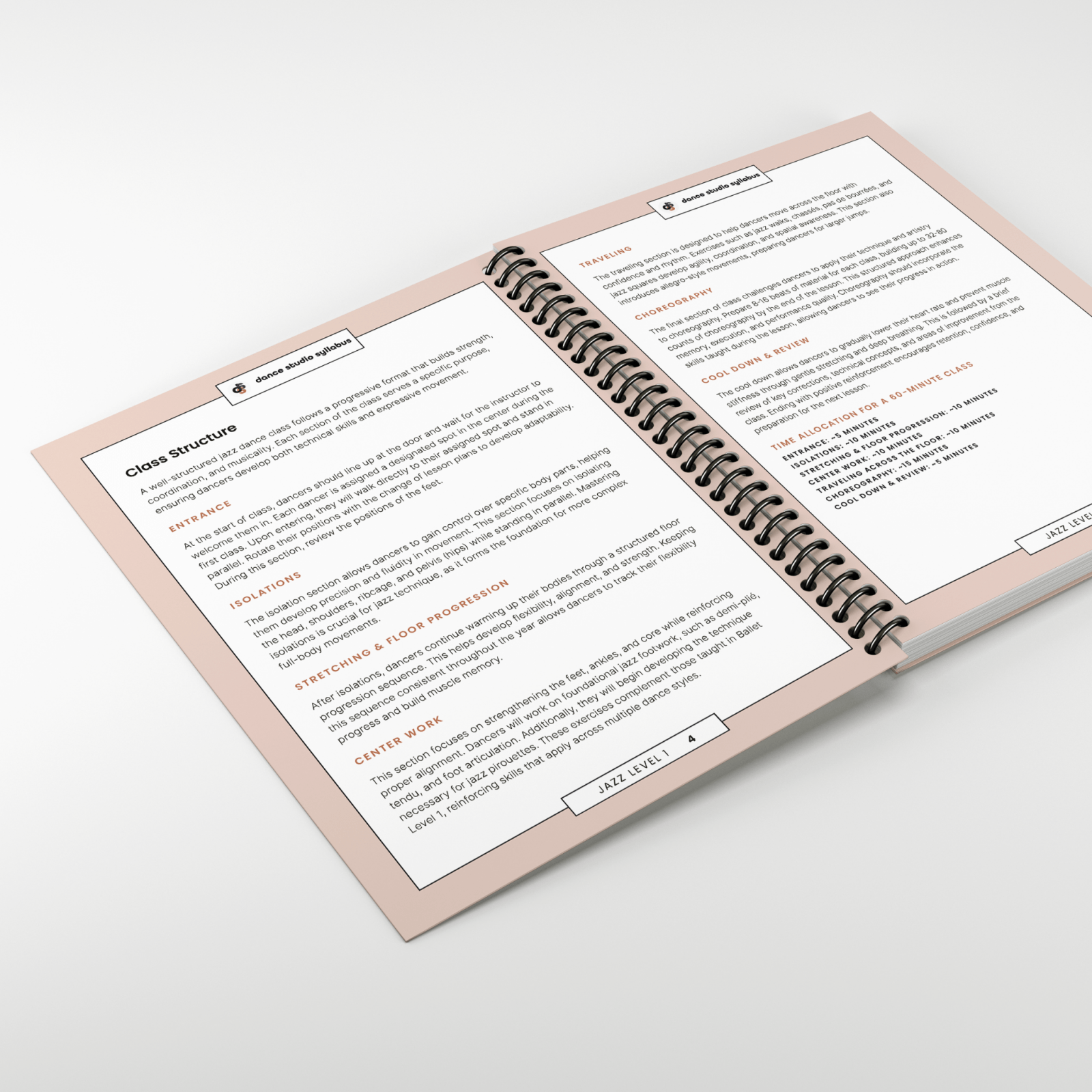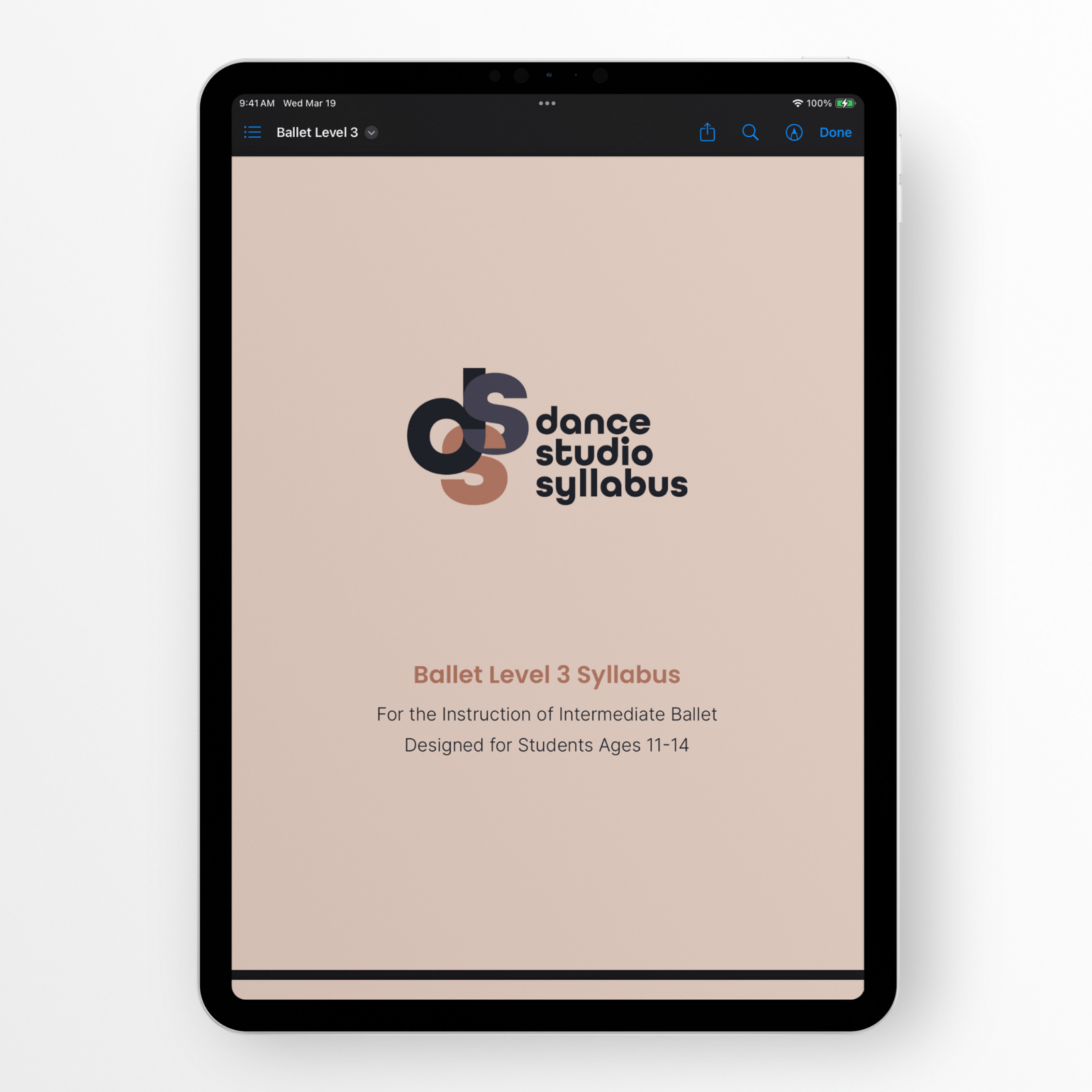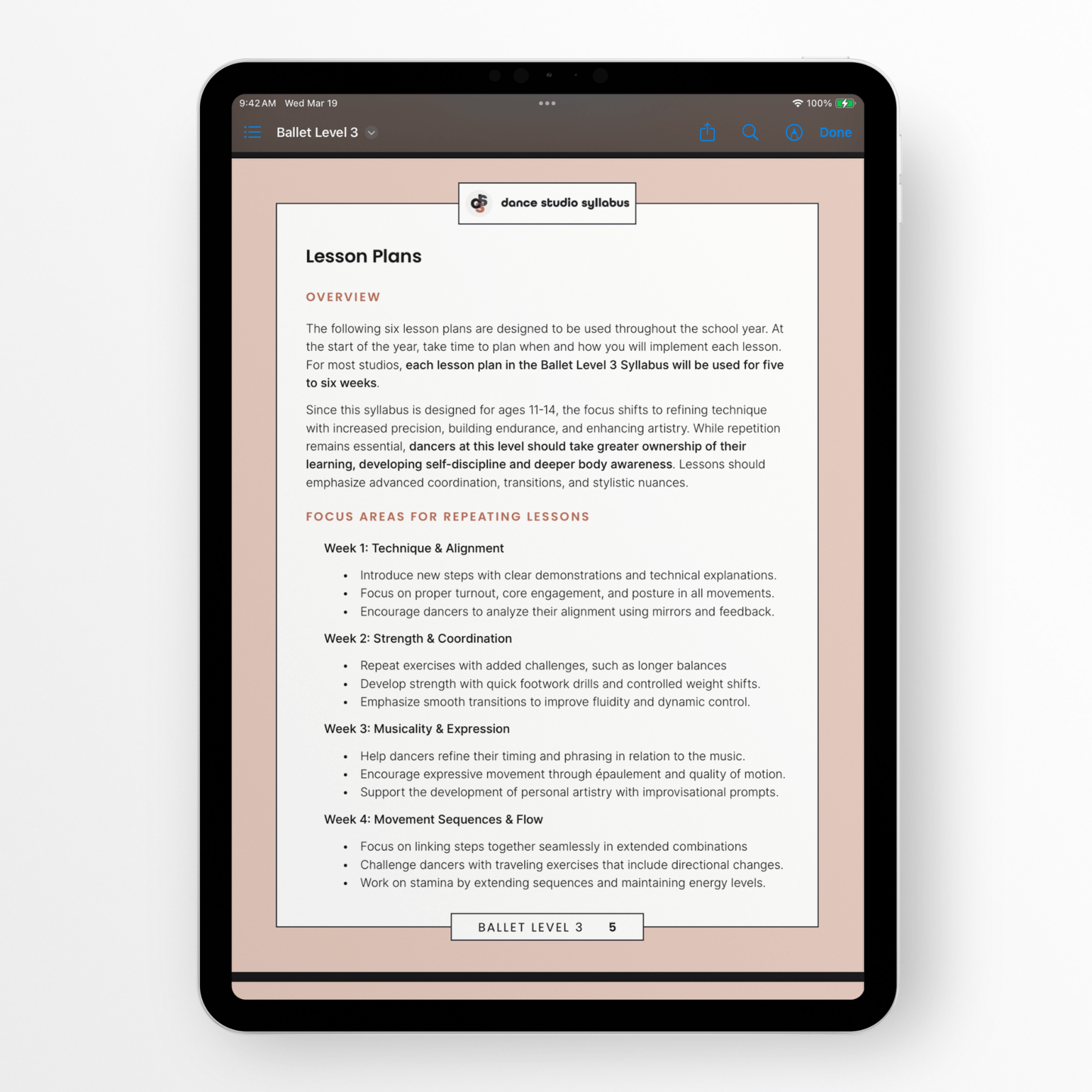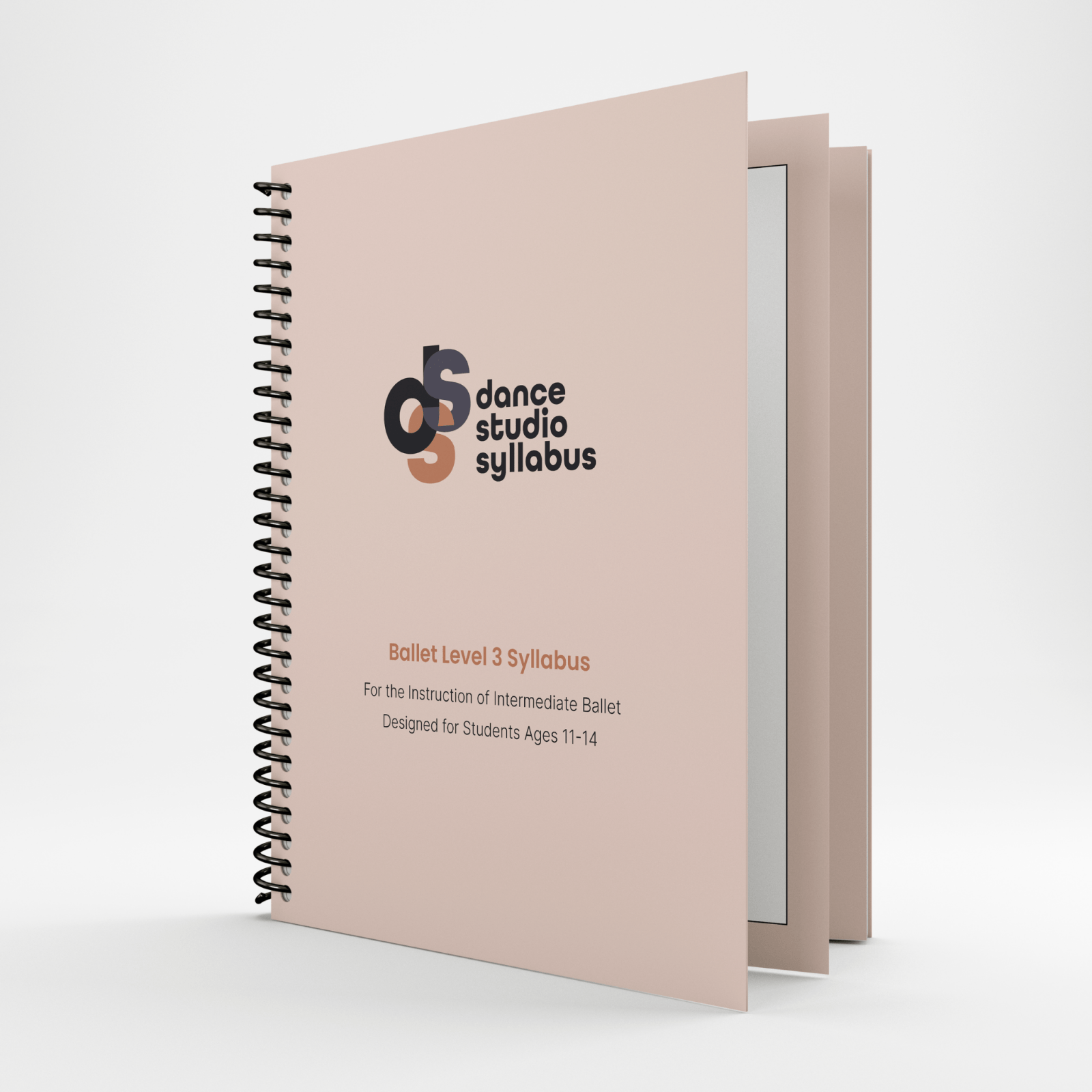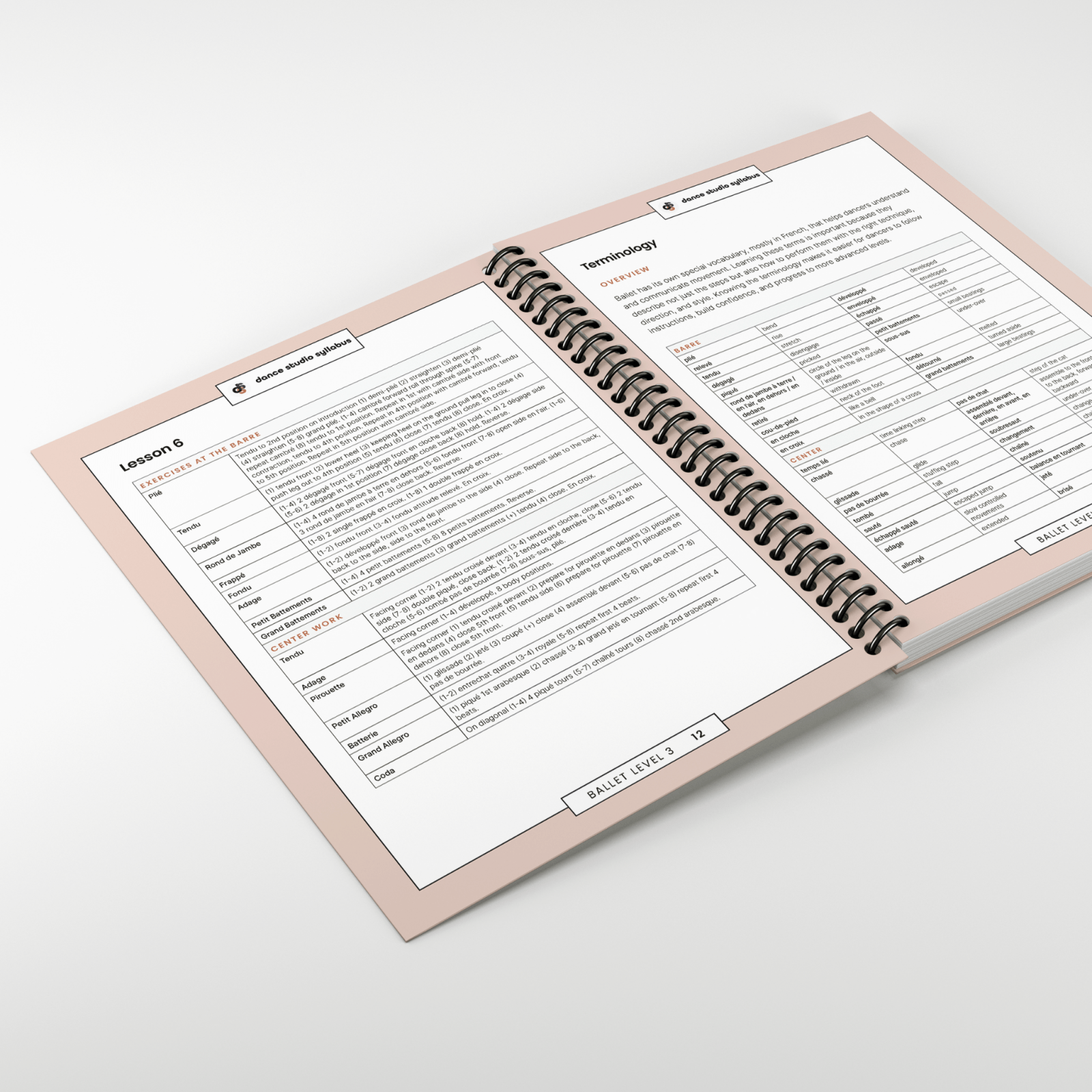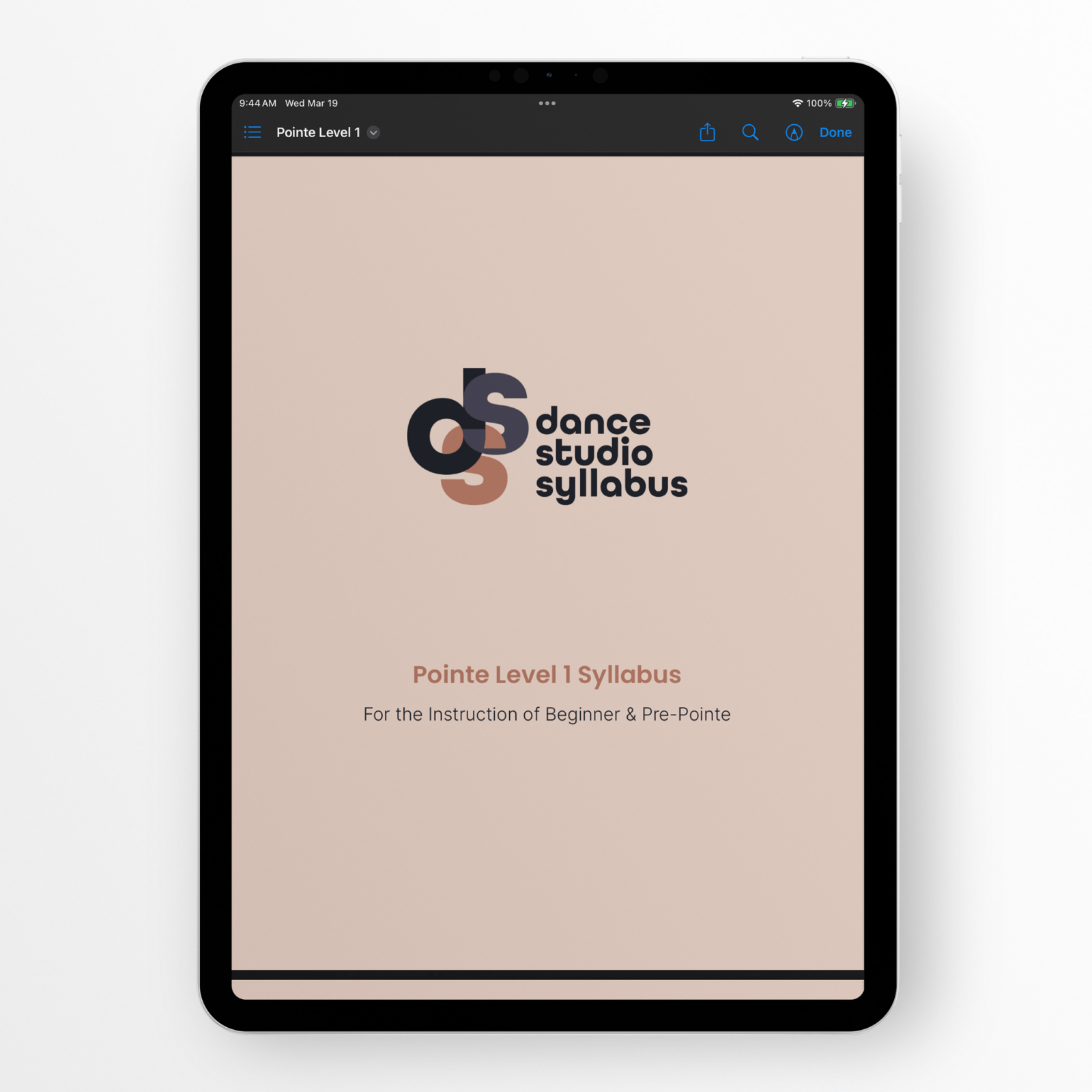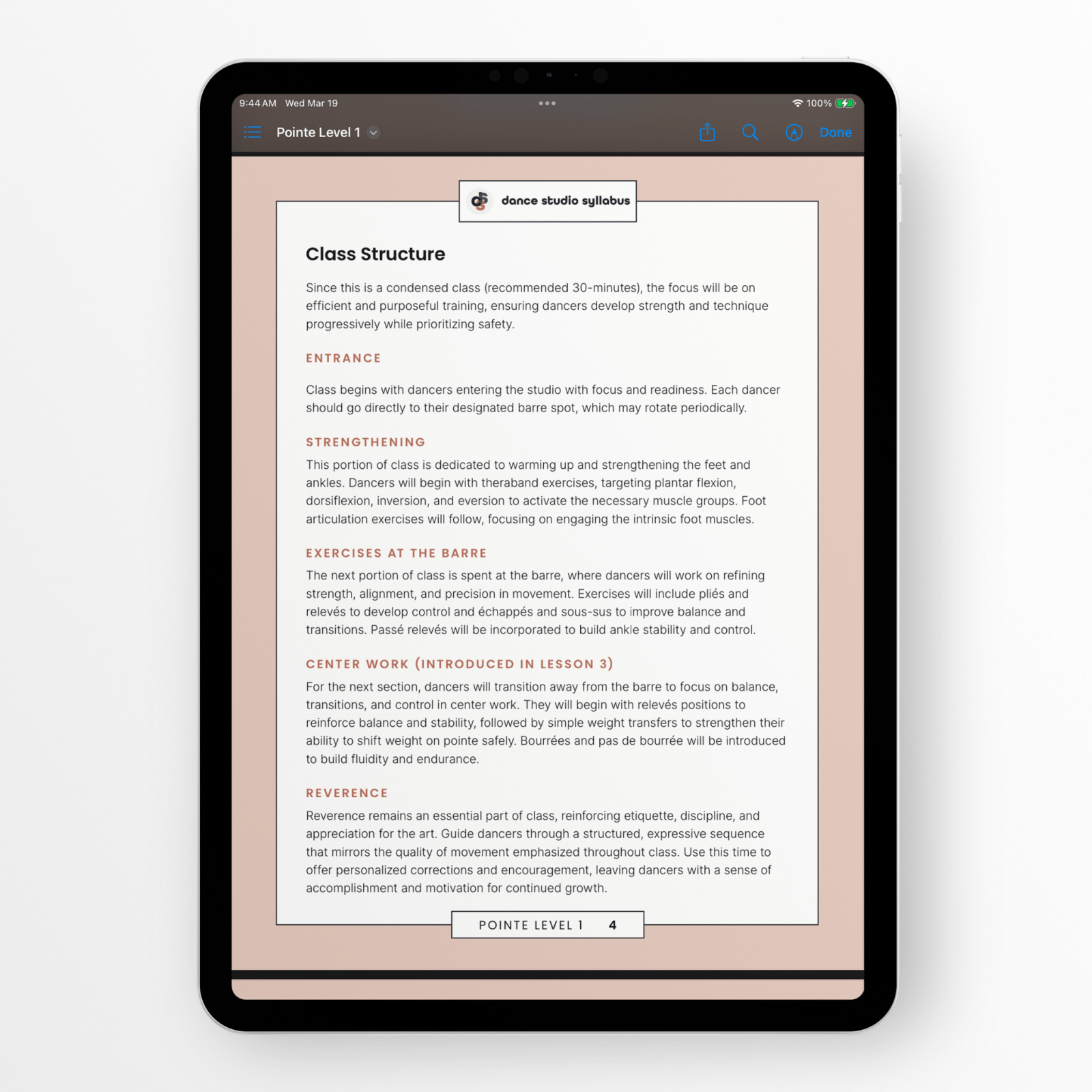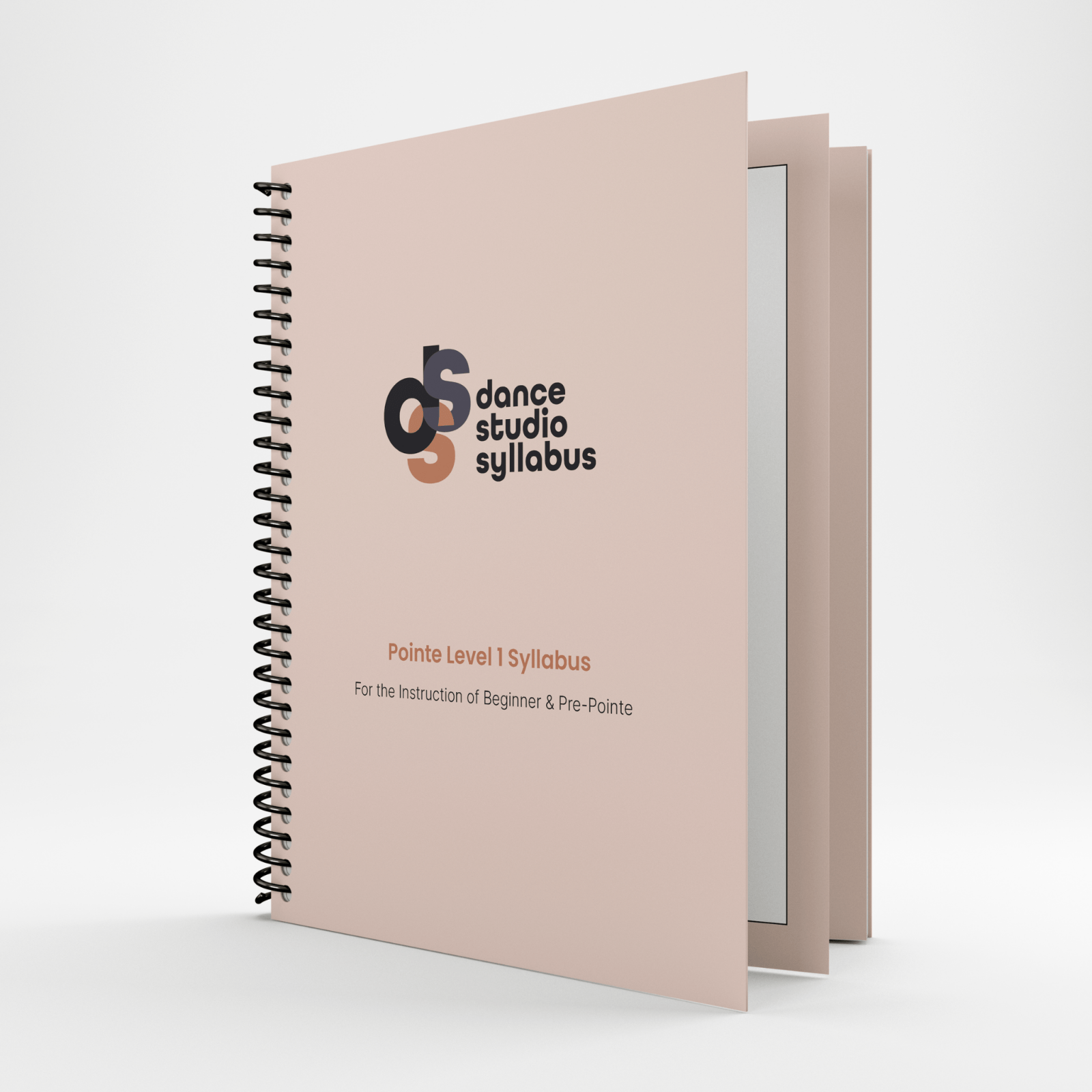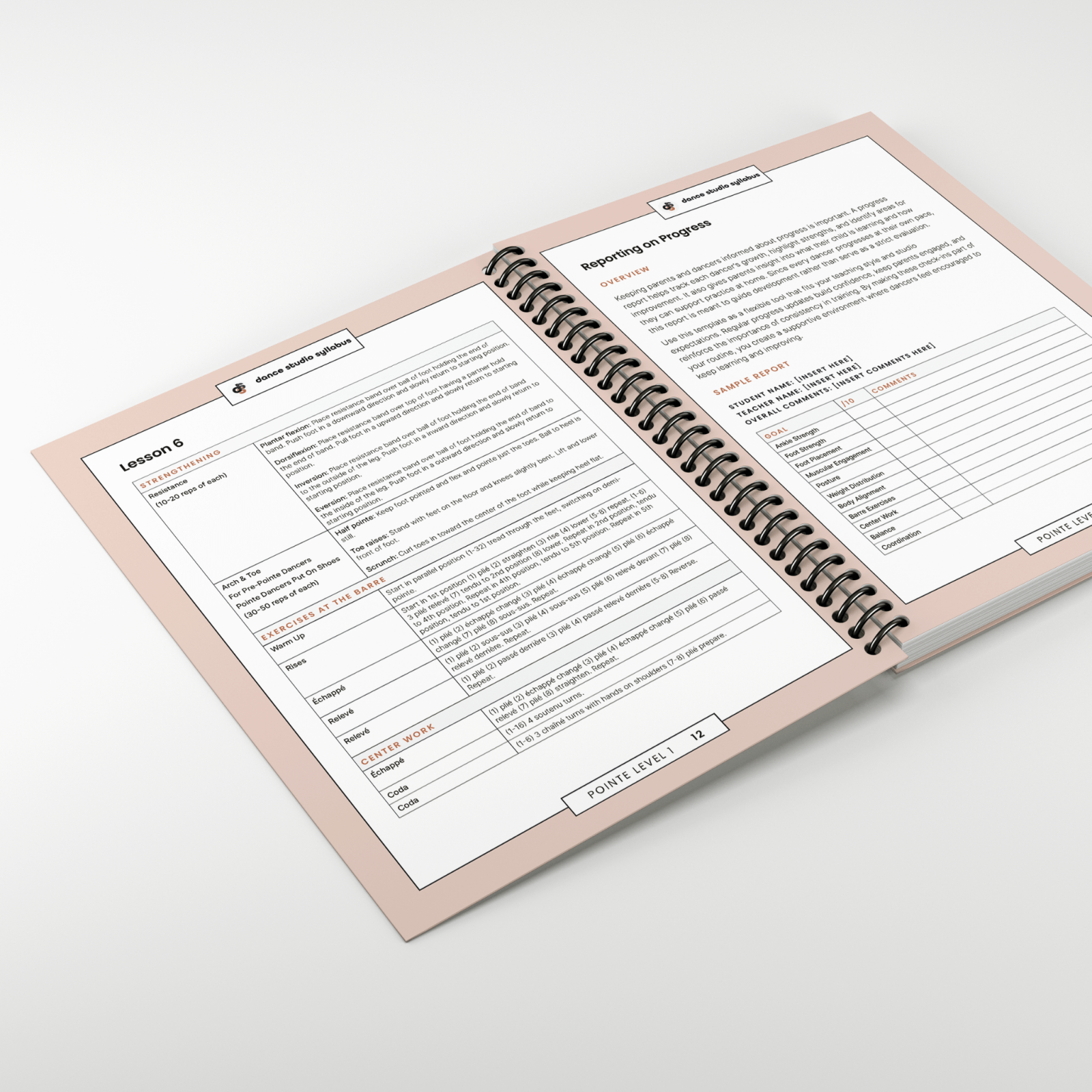A Guide for Dance Educators and Parents
Creative movement is a foundational approach to dance education that emphasizes exploration, self-expression, and fundamental motor skills. It’s often the first step in a young dancer’s journey, especially for children ages 2-3. By focusing on imaginative and playful movement, creative movement sets the stage for more structured dance forms like ballet, jazz, and tap.
In this blog, we’ll explore what creative movement is and how dance educators and parents can implement it using a structured syllabus like the Creative Movement Syllabus for Ages 2-3. This resource offers an excellent framework to guide young dancers as they develop body awareness, coordination, and a love for dance.
What Is Creative Movement?
Creative movement combines elements of dance, play, and improvisation to engage young children in physical activity and artistic exploration. Unlike more formal dance classes, creative movement focuses on:
- Self-Expression:Encouraging children to explore their emotions and ideas through movement.
- Body Awareness:Teaching children to identify and use different parts of their body.
- Basic Motor Skills:Developing coordination, balance, and spatial awareness.
- Imagination:Using storytelling, music, and props to inspire creative thinking.
This approach allows children to learn at their own pace while building confidence and preparing them for more structured dance styles in later years.
Why Is Creative Movement Important?
Creative movement provides numerous benefits, including:
- Physical Development:It helps improve motor skills, flexibility, and strength in young children.
- Cognitive Growth: Activities that involve identifying body parts, creating shapes, and distinguishing left from right promote critical thinking and memory.
- Social Skills:Participating in group activities fosters teamwork, listening, and communication skills.
- Emotional Expression:Creative movement gives children a safe space to explore and express their feelings.
For ages 2-3, these benefits are especially crucial as children begin to develop independence and confidence.
How to Implement Creative Movement in a Dance Studio
The Creative Movement Syllabus for Ages 2-3 is a fantastic resource for dance educators and parents alike. Here’s how you can use this syllabus to introduce creative movement effectively:
1. Set Realistic Expectations
The syllabus outlines developmentally appropriate goals for dancers at this level. For example, children will learn to:
- Identify body parts.
- Distinguish between right and left.
- Create shapes and explore movement patterns.
These goals ensure that classes are engaging and achievable for young learners.
2. Follow a Structured Class Format
Each class follows a clear structure designed to maximize time and engagement. The syllabus includes six 45-minute lesson plans, offering educators a step-by-step guide to teaching creative movement. A typical class might include:
- Warm-ups with basic stretches.
- Movement exploration using props or storytelling.
- Group activities that encourage interaction.
- Cool-downs to promote relaxation and focus.
3. Incorporate Imaginative Elements
The syllabus encourages the use of props, music, and storytelling to spark creativity. For instance:
- Use scarves or ribbons to explore fluid movement.
- Create a story where children pretend to be animals or objects.
- Play music with varying tempos to teach rhythm and dynamics.
4. Track Progress
The syllabus includes a sample progress report for dancers and parents. This tool helps track skill development and provides valuable feedback.
How Parents Can Use the Creative Movement Syllabus
Parents can also use the syllabus to introduce movement at home. By following the outlined activities and lesson plans, they can create a fun, supportive environment for their child to explore dance.
Activities like identifying body parts, playing “freeze dance,” or mimicking animal movements are easy to incorporate into everyday play.
The Next Step: Pre-School Dance
Once children complete the creative movement program, they’ll be ready to transition to the Pre-School Dance Syllabus for ages 3-5. This next stage introduces basic ballet, jazz, and tap techniques while building on the foundational skills developed in creative movement.
Conclusion
Creative movement is a joyful and essential part of early dance education. With resources like the Creative Movement Syllabus for Ages 2-3, educators and parents can provide young dancers with the tools they need to succeed, both in dance and beyond.
By focusing on self-expression, body awareness, and basic motor skills, creative movement not only prepares children for formal dance training but also nurtures their creativity, confidence, and love for movement.
Ready to bring creative movement to your dance studio or home? Explore the Creative Movement Syllabus and start inspiring the next generation of dancers today!
